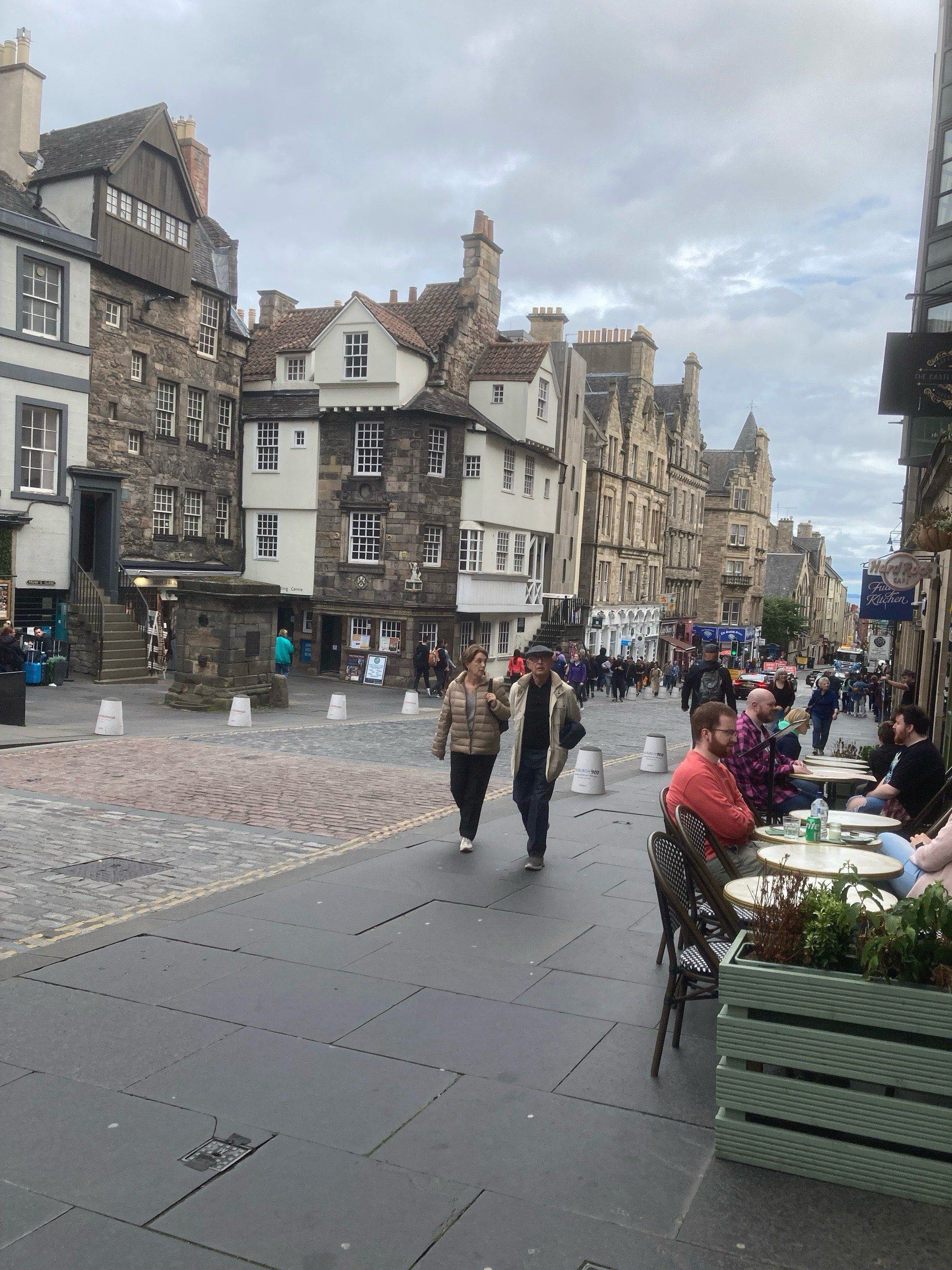We started out in light rain but it stopped by mid-morning. Still, wet socks and shoes caused a bloody bunion by evening, which was nothing compared to the excitement of the day
It was a pretty walk.
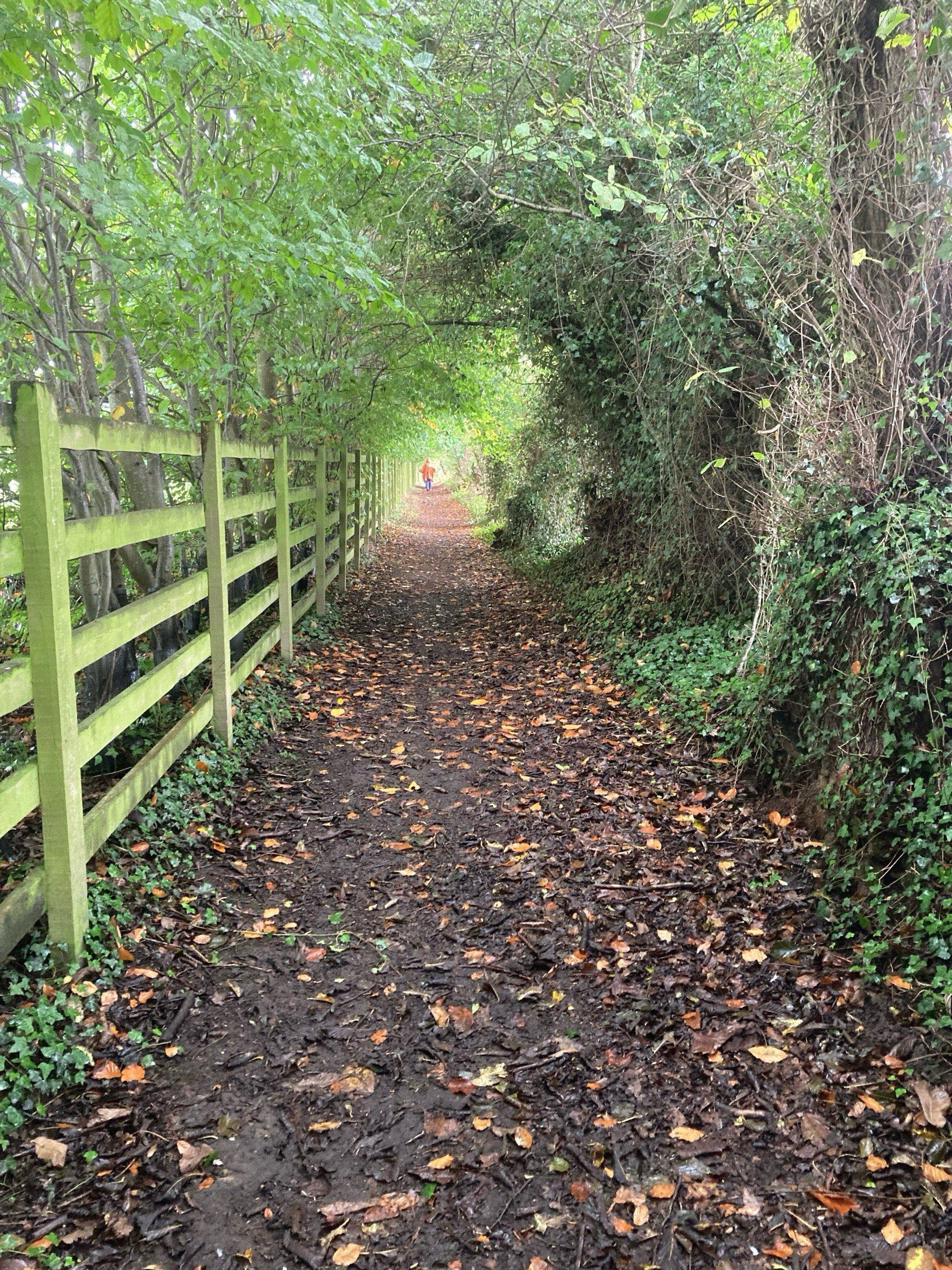
Pretty landscape with clouds.
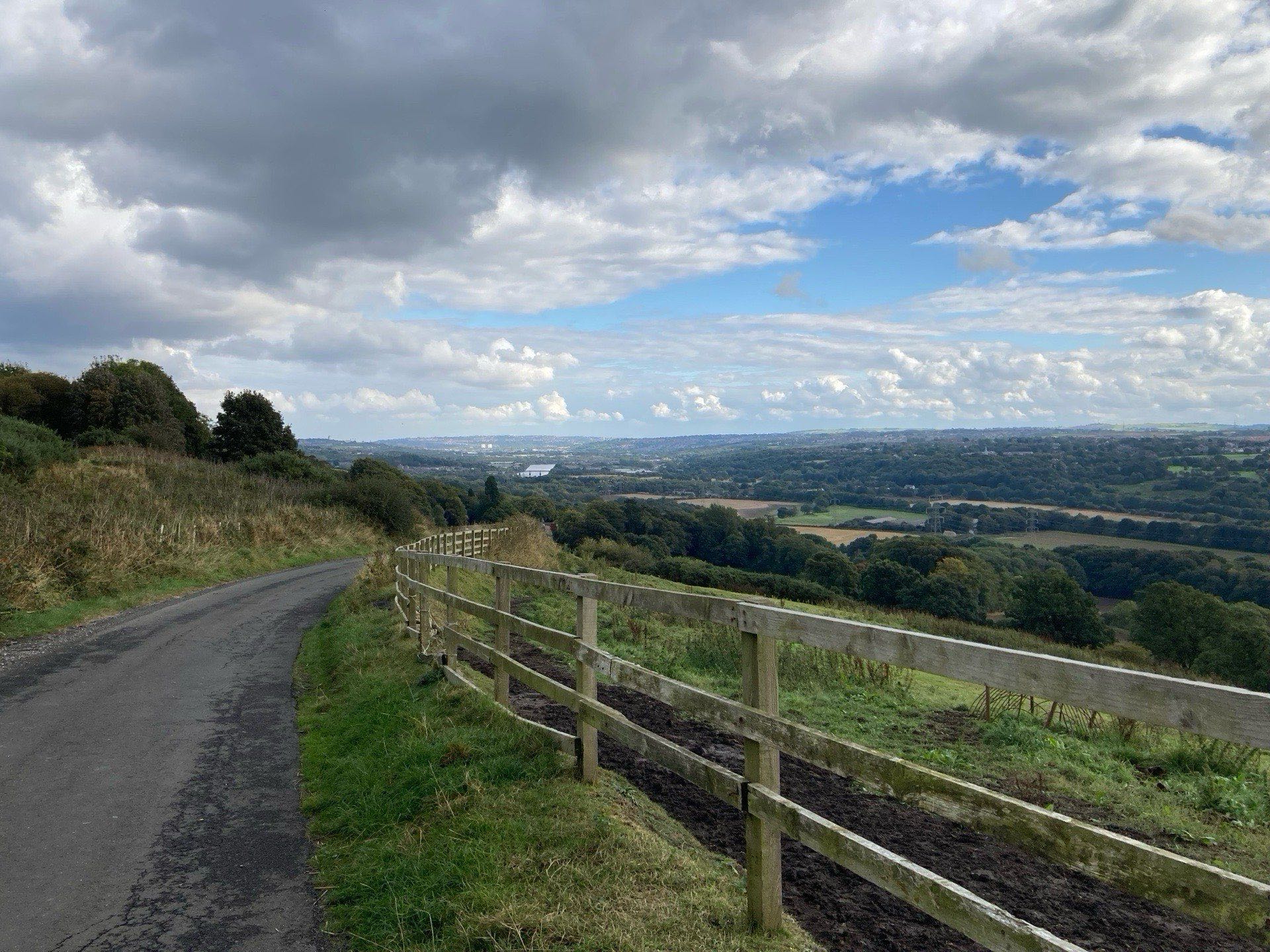
We enjoyed a lovely lunch at The Swan in Heddon-on-the-Wall, separated briefly, we thought, but could not find each other in this tiny little town. In addition, the wall walk signage was particularly bad.
After 45 minutes of searching for Cathy, I reluctantly left messages at the two restaurants and the gas station/grocery that I was going on and would meet her in Newburn.
She had the map but I had a copy of our hotel address. Of course I had not bothered to figure out international calling and Cathy left the sound off on her phone most of the time, anyway.
I was asking everyone I ran into if they had seen her and a local man out walking with his dog told me I was not only not on the trail but there was a shortcut to Newburn and sent me off.
When I arrived at our destination 5 miles away, she was not there but the hostess called our walk coordinator who had heard from Cathy and knew she was on her way. She had run into man with dog who told her I was ahead of her and he walked her almost all the way to our hotel.
We had a lovely Italian dinner.
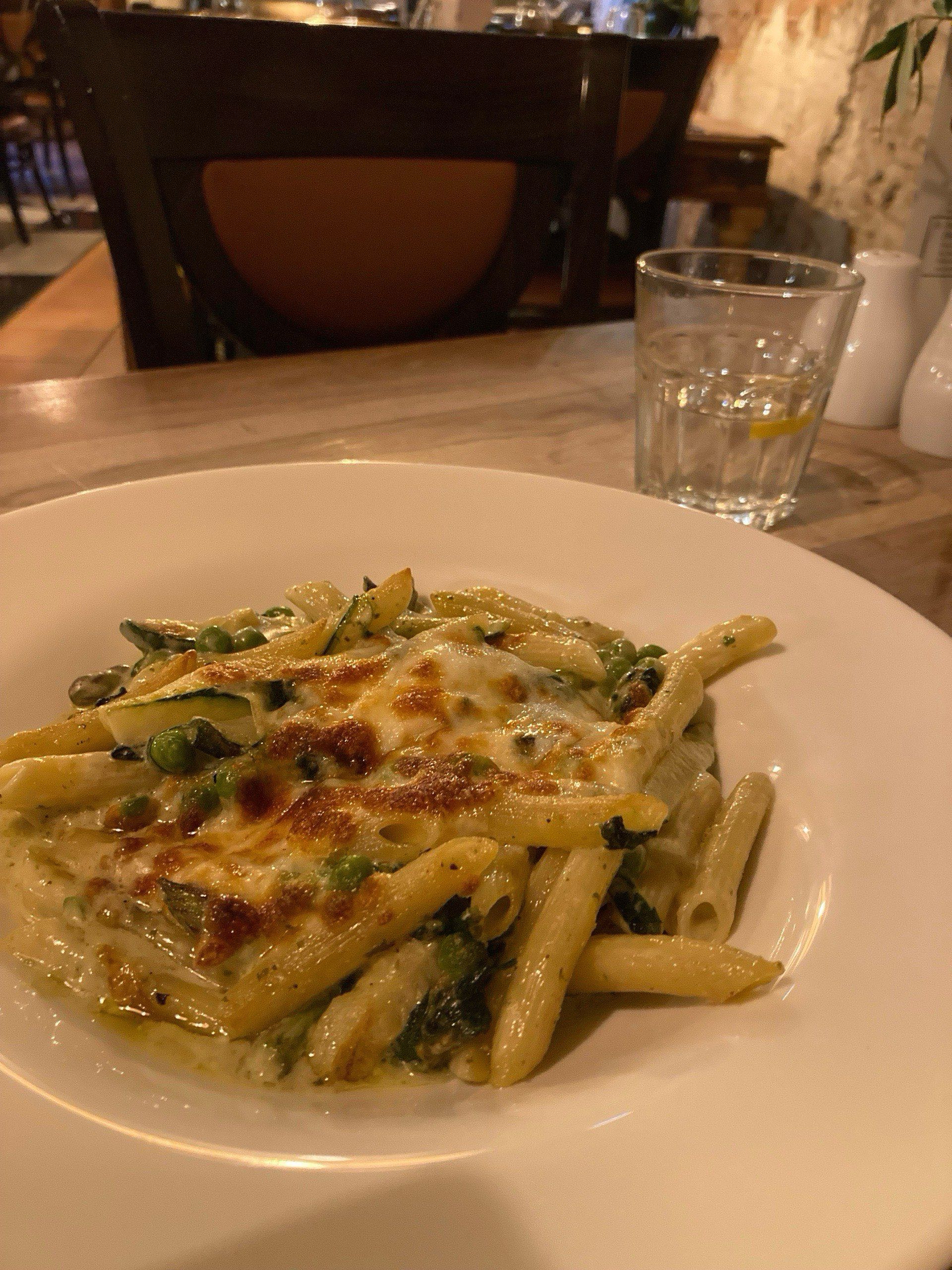
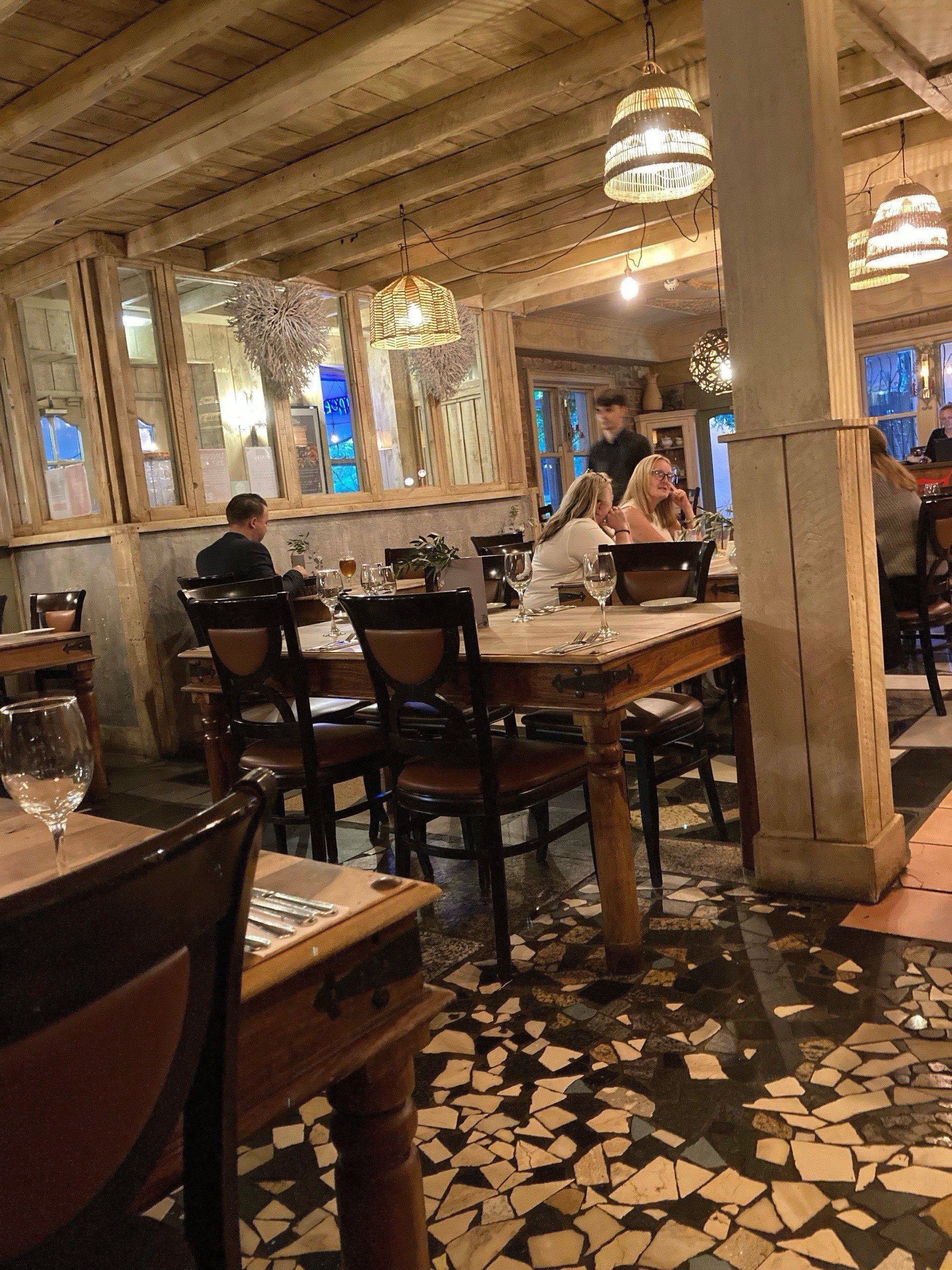
I’m fascinated by all the ways the Britts design gates for walkers, both through and over fences. Lots of people walk over the countryside, often long distances most every day.
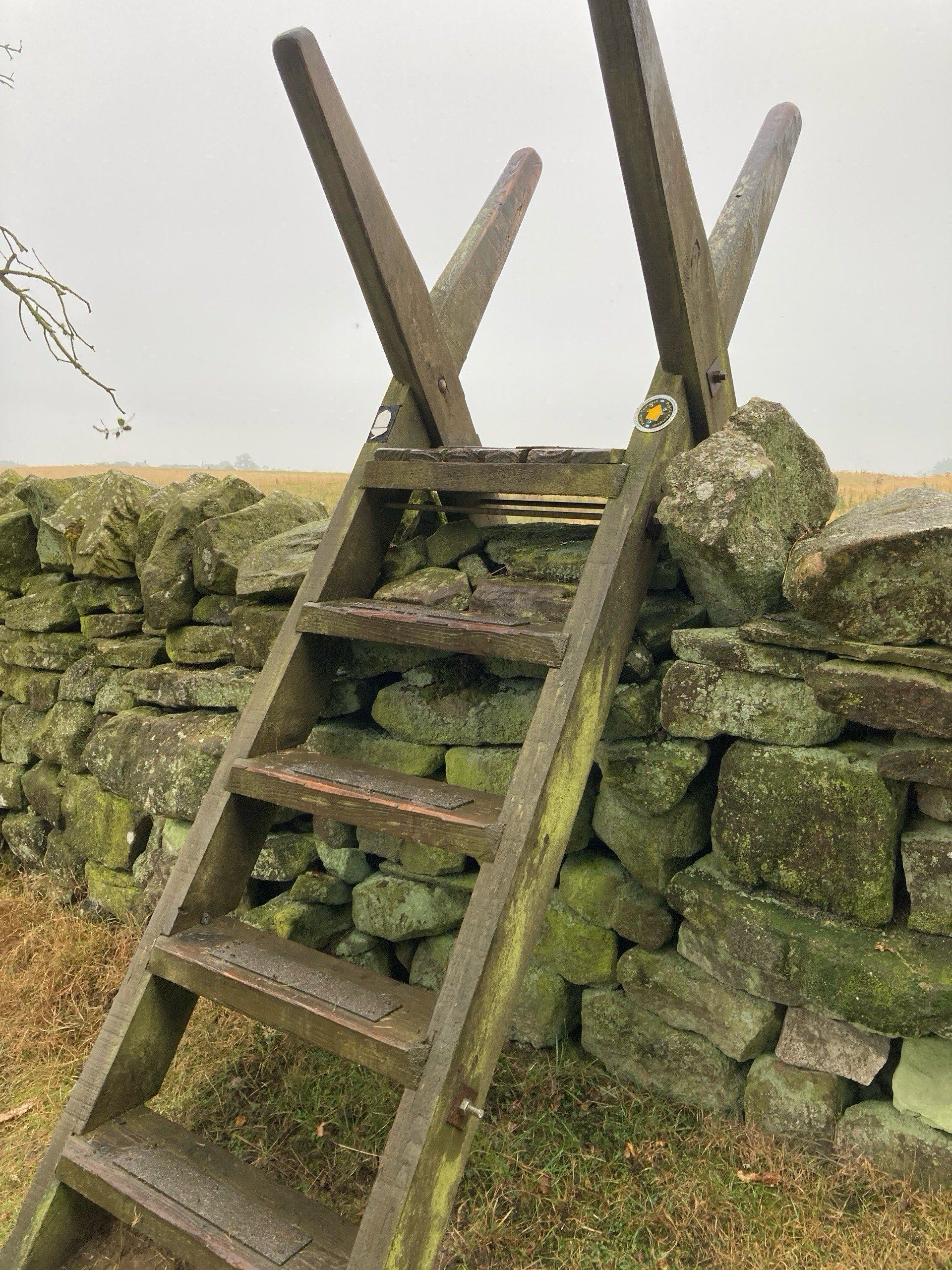
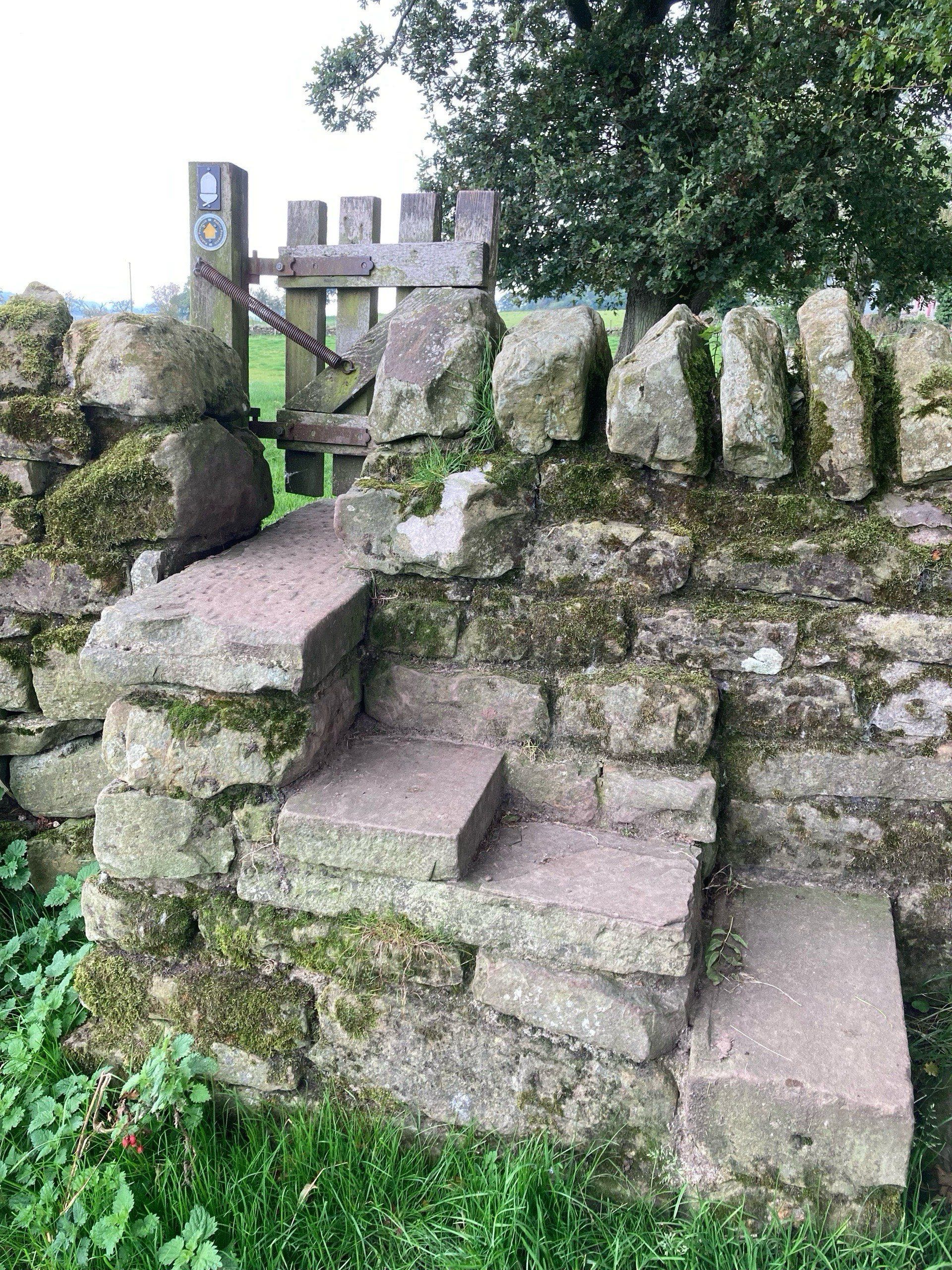
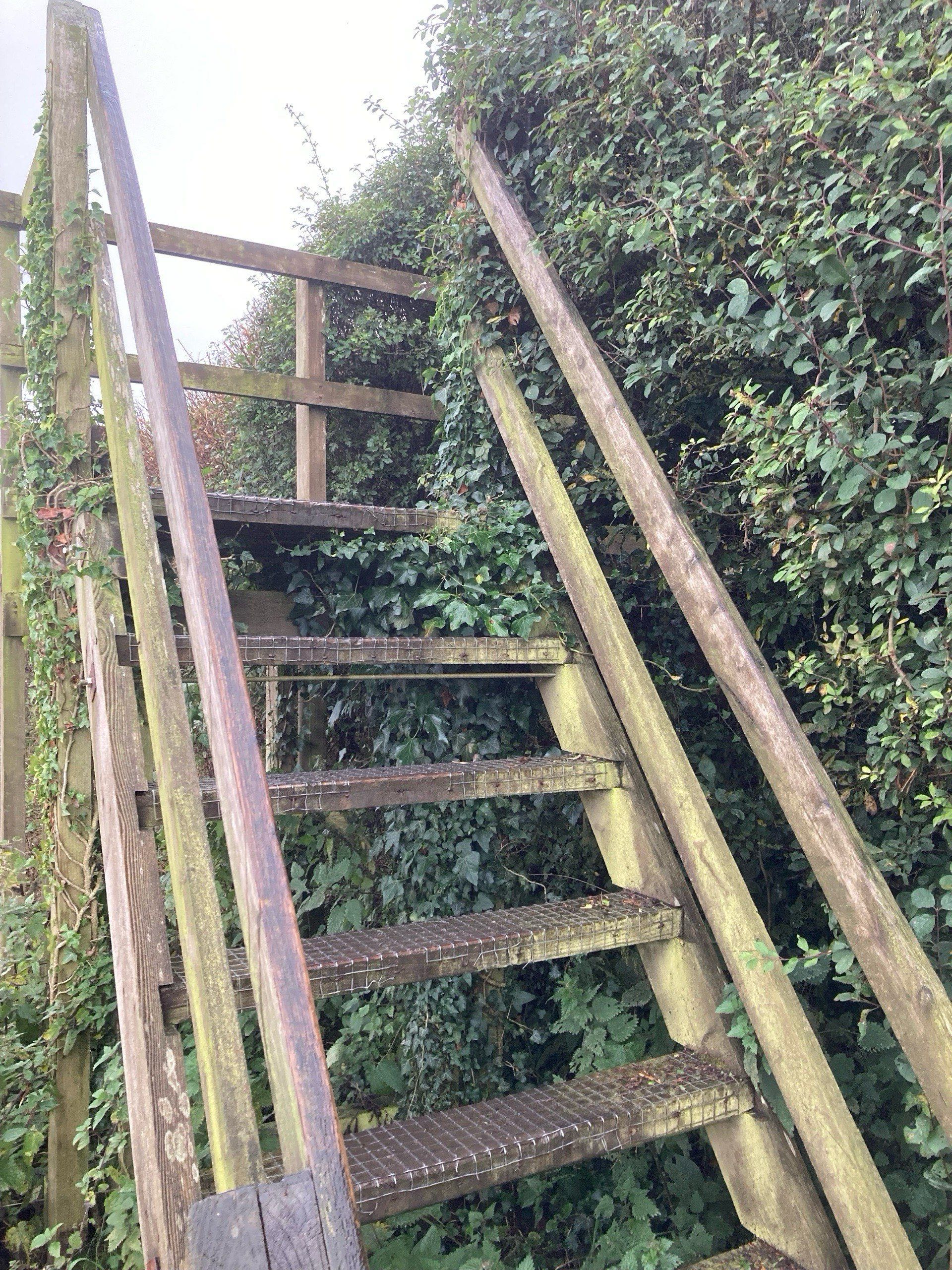
And these next two are the same gate, called a kissing gate. It swings in a way that would make it almost impossible for a cow or sheep to get through so there is sometimes no latch.
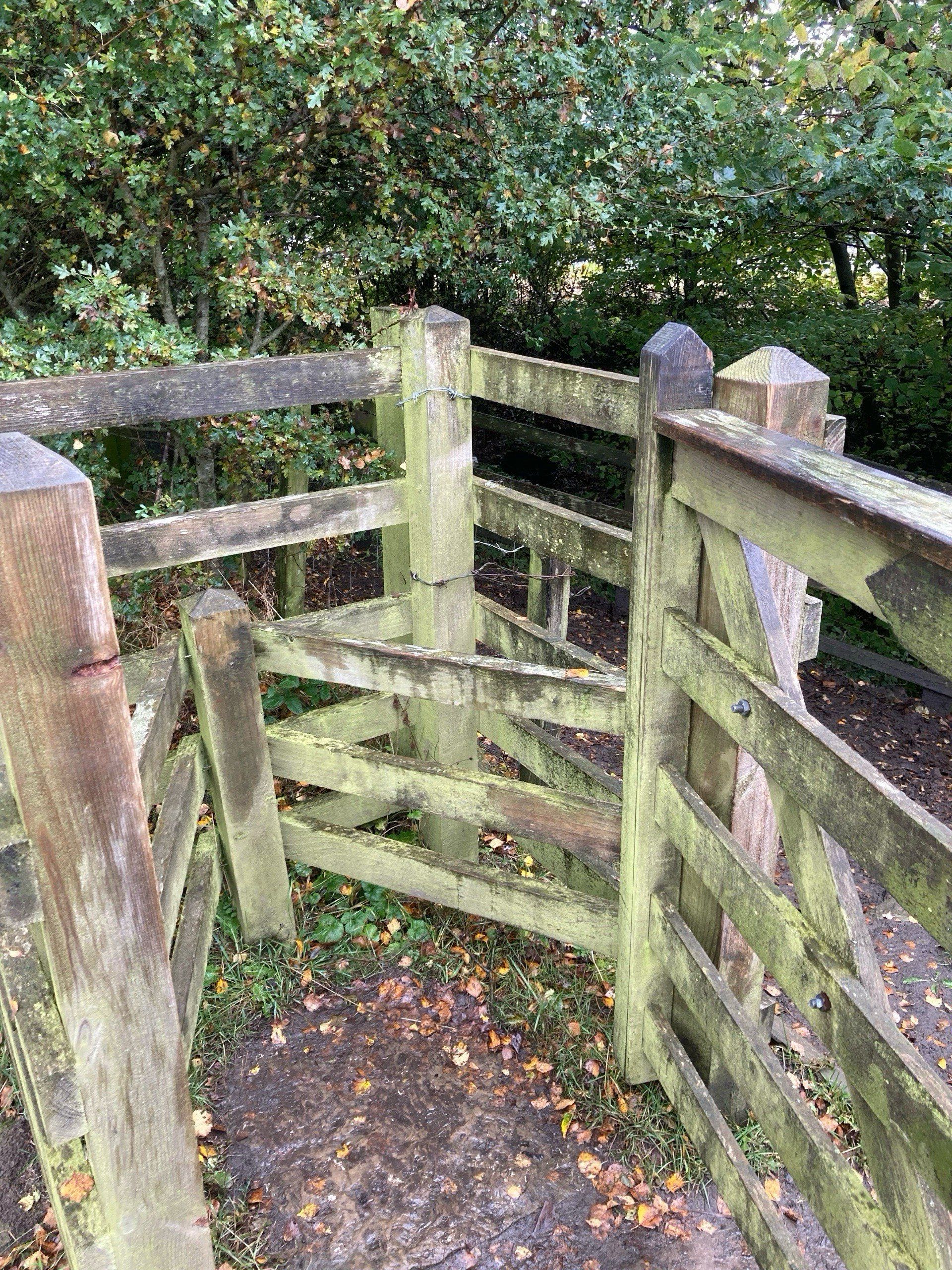
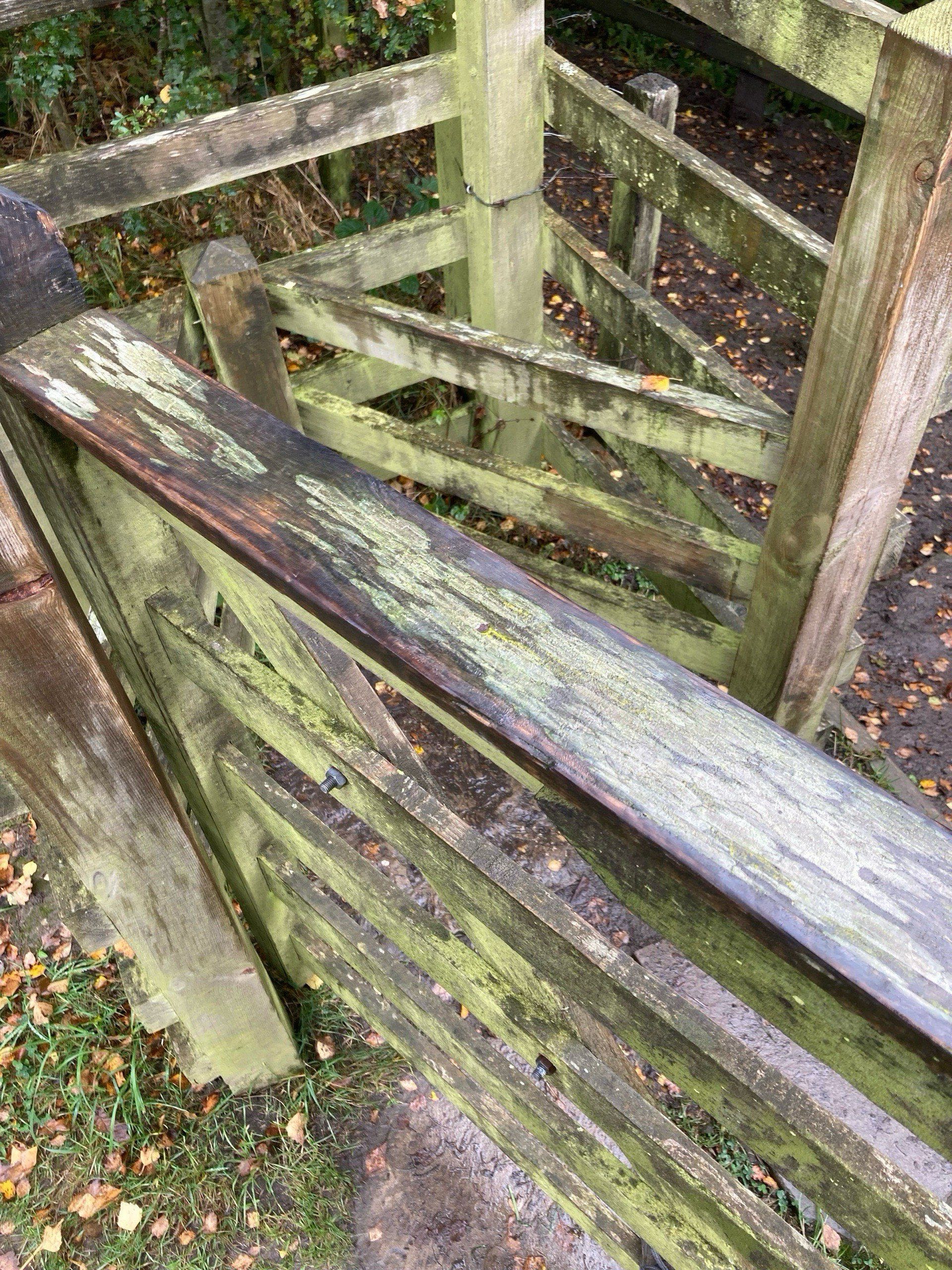



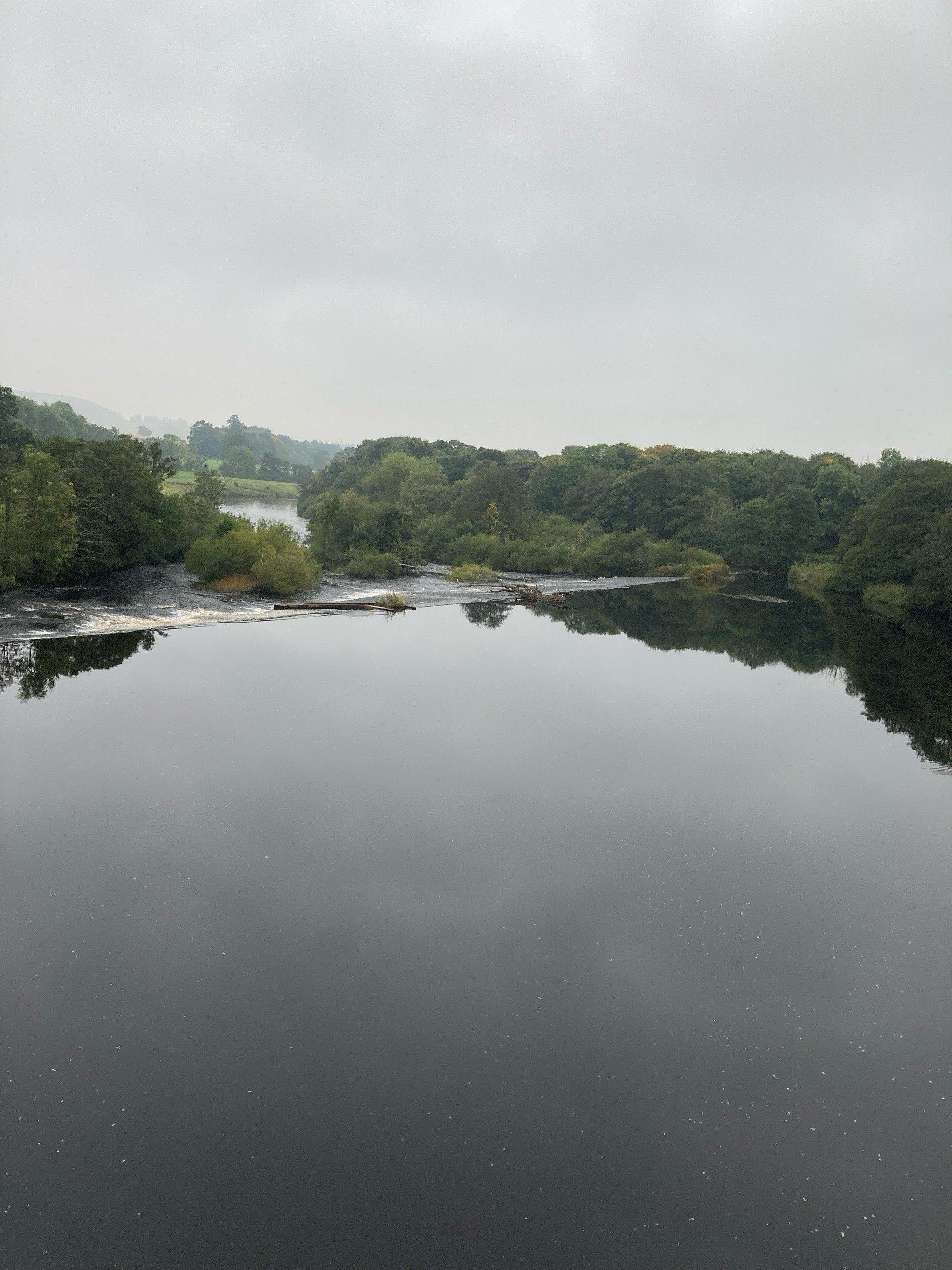
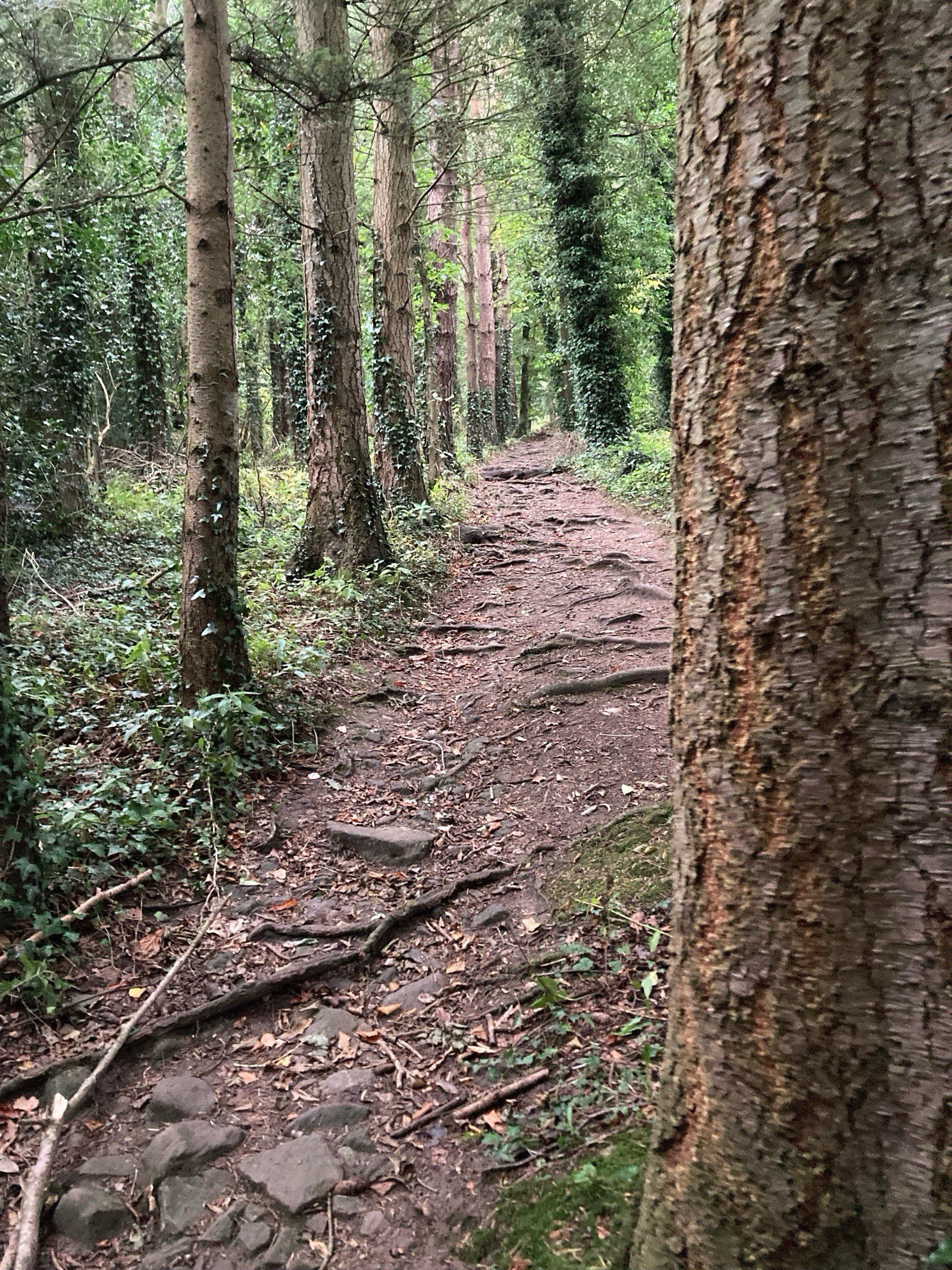
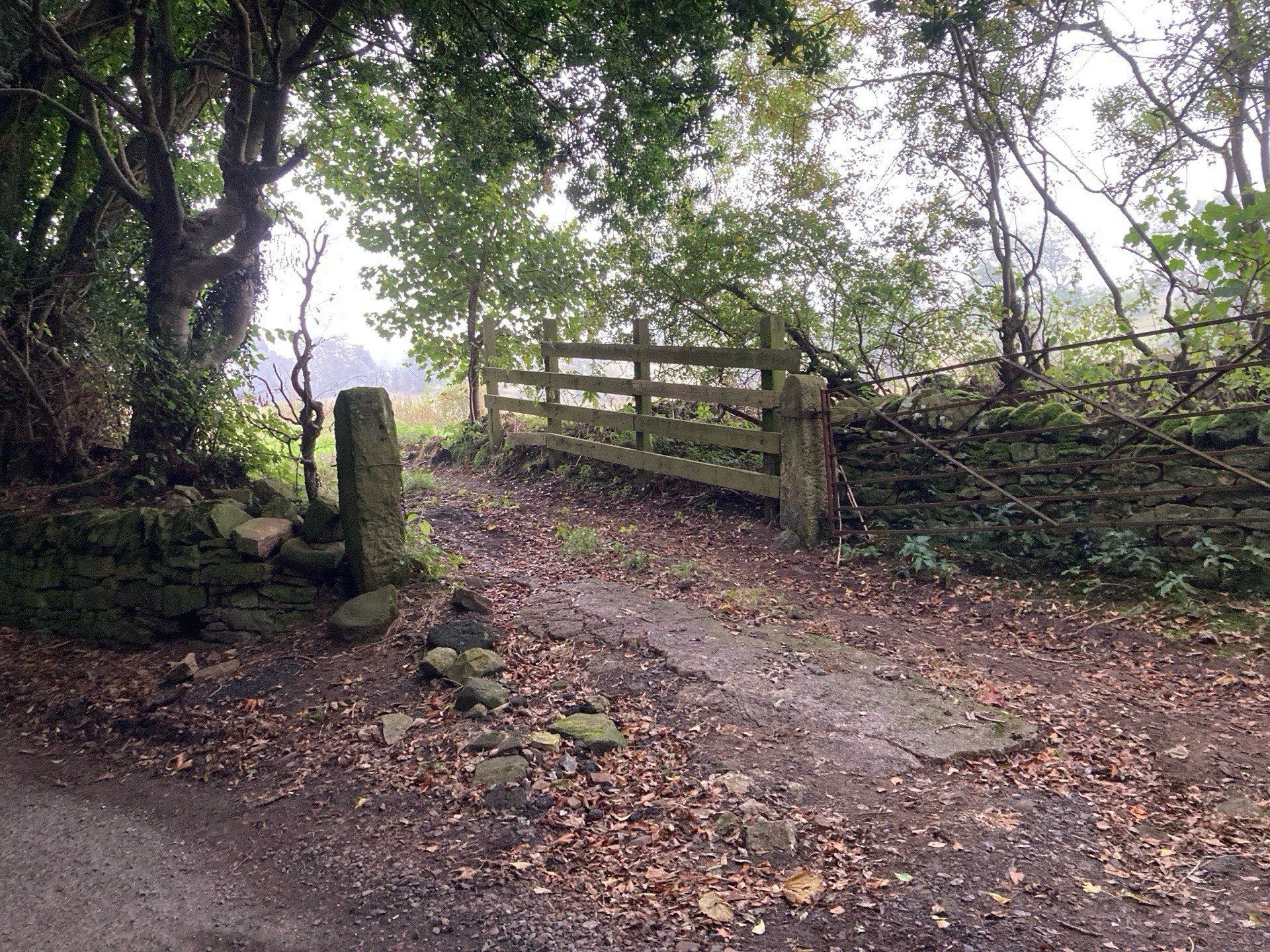
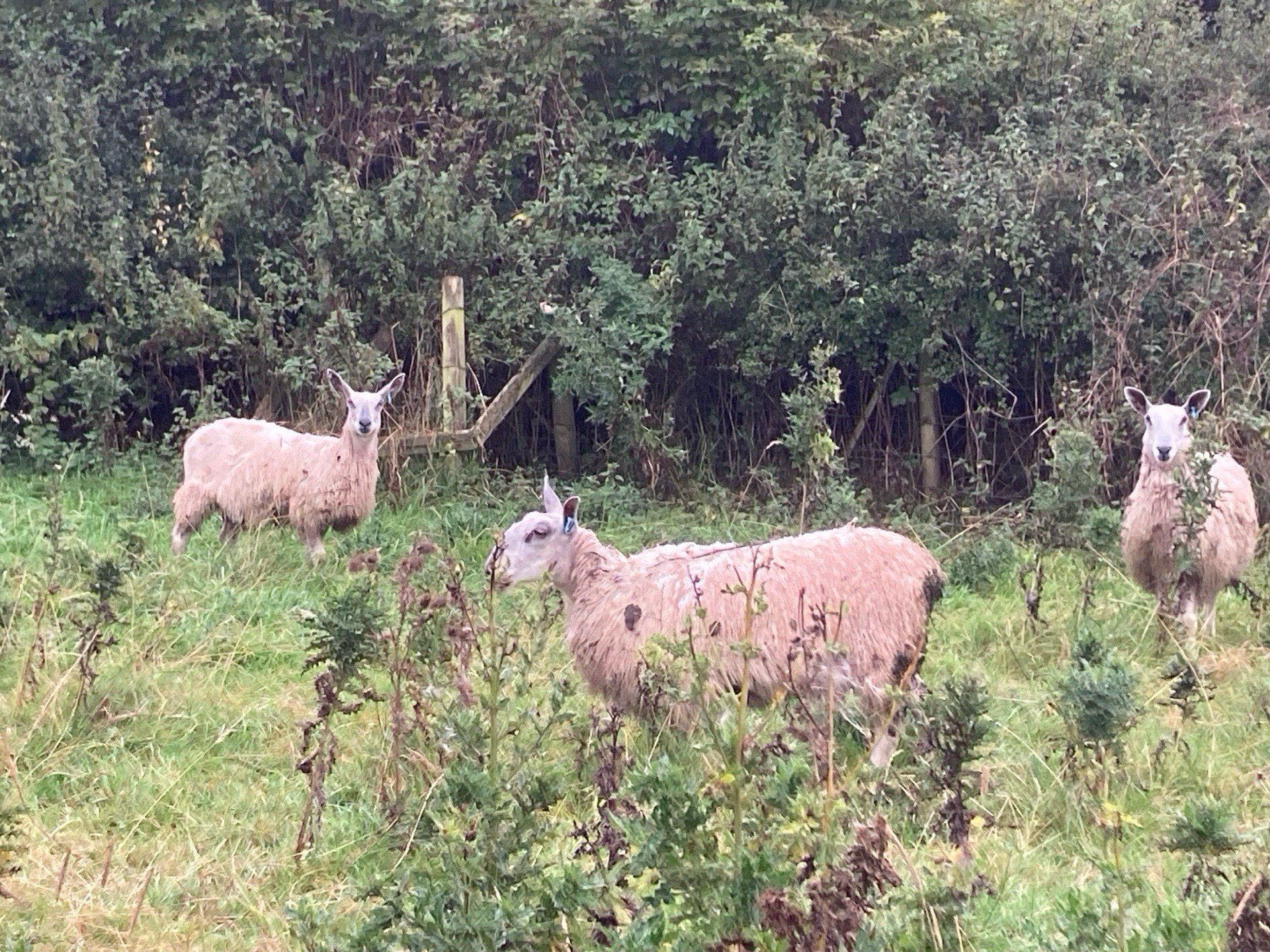
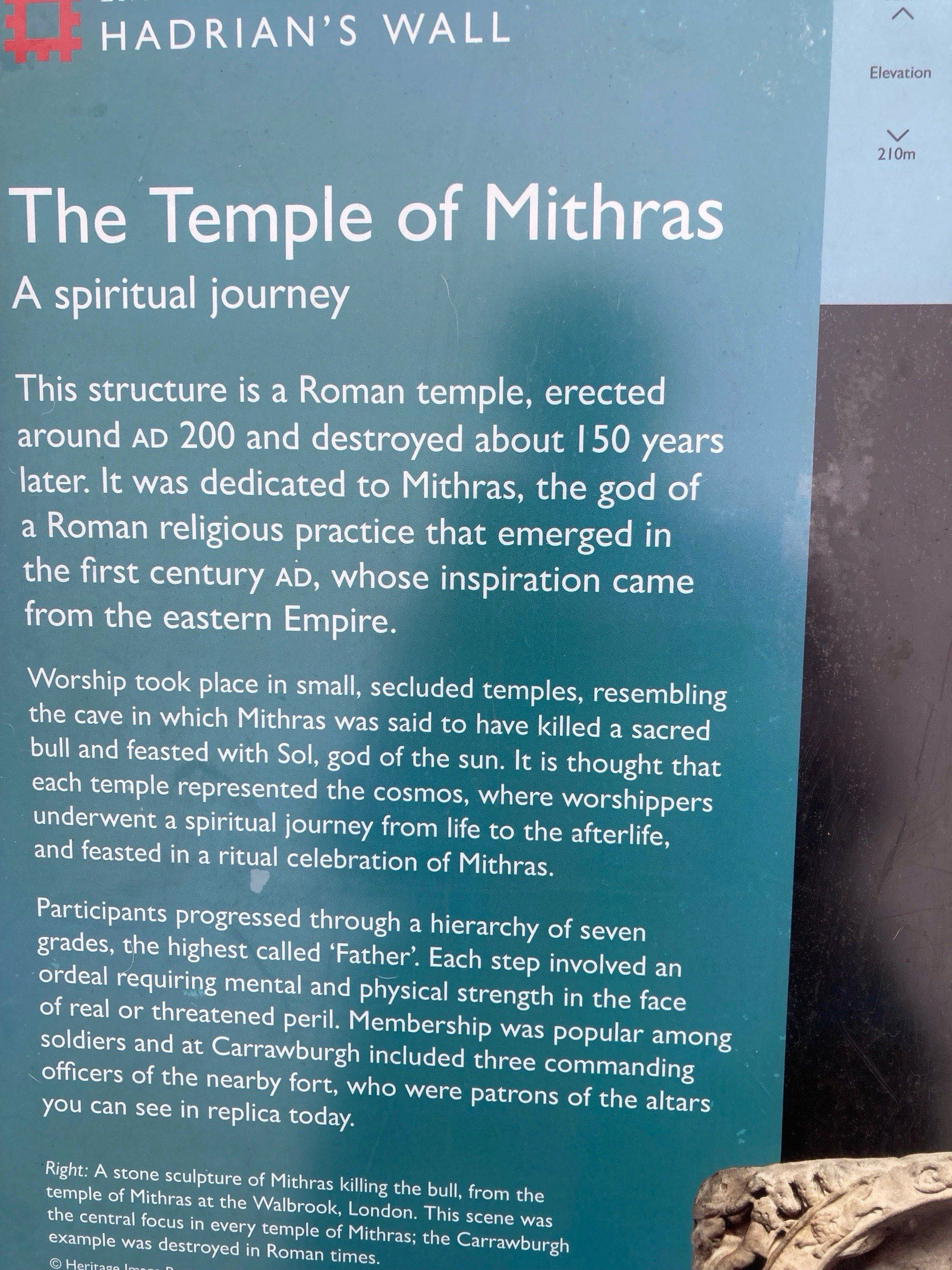
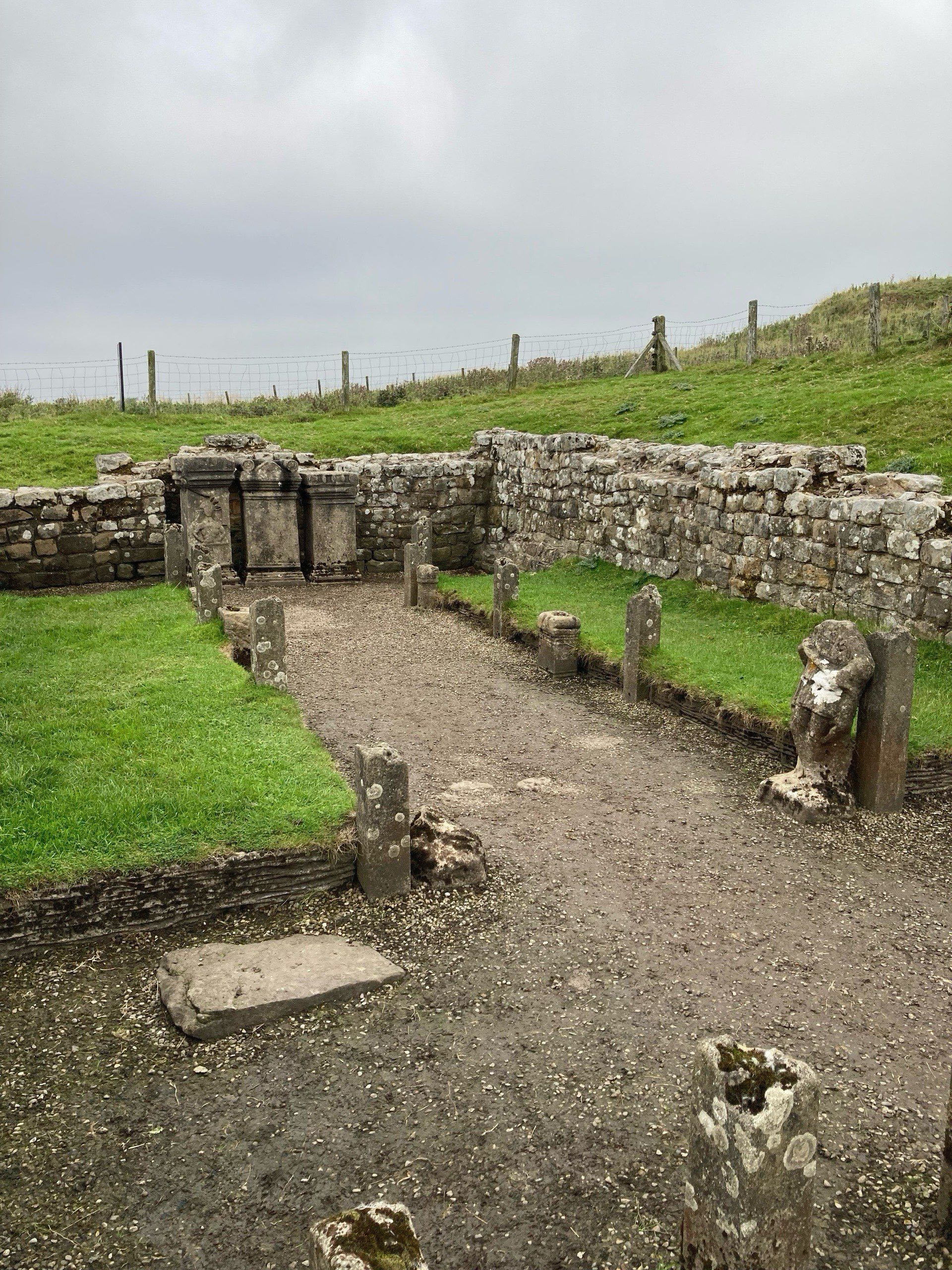
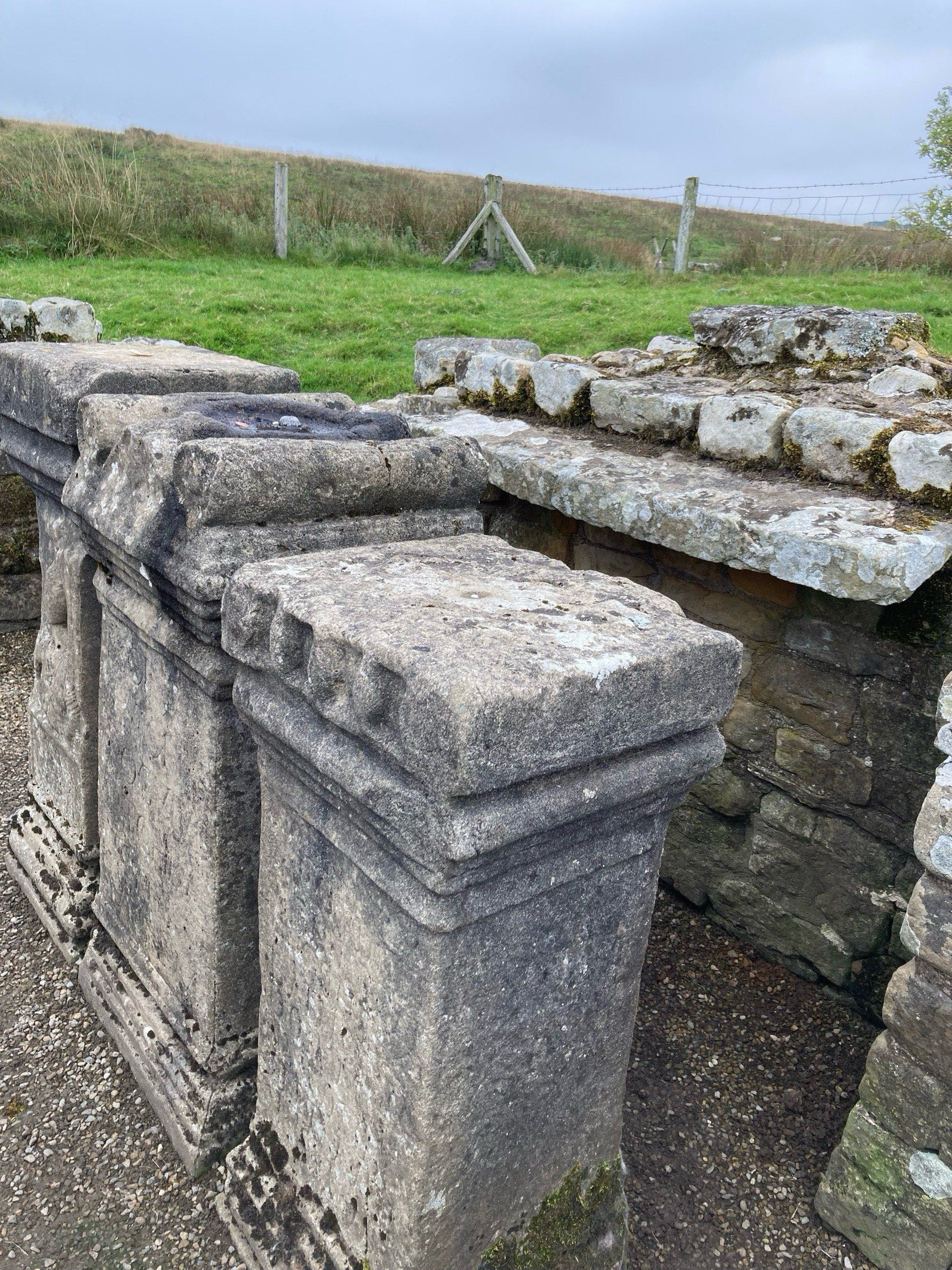
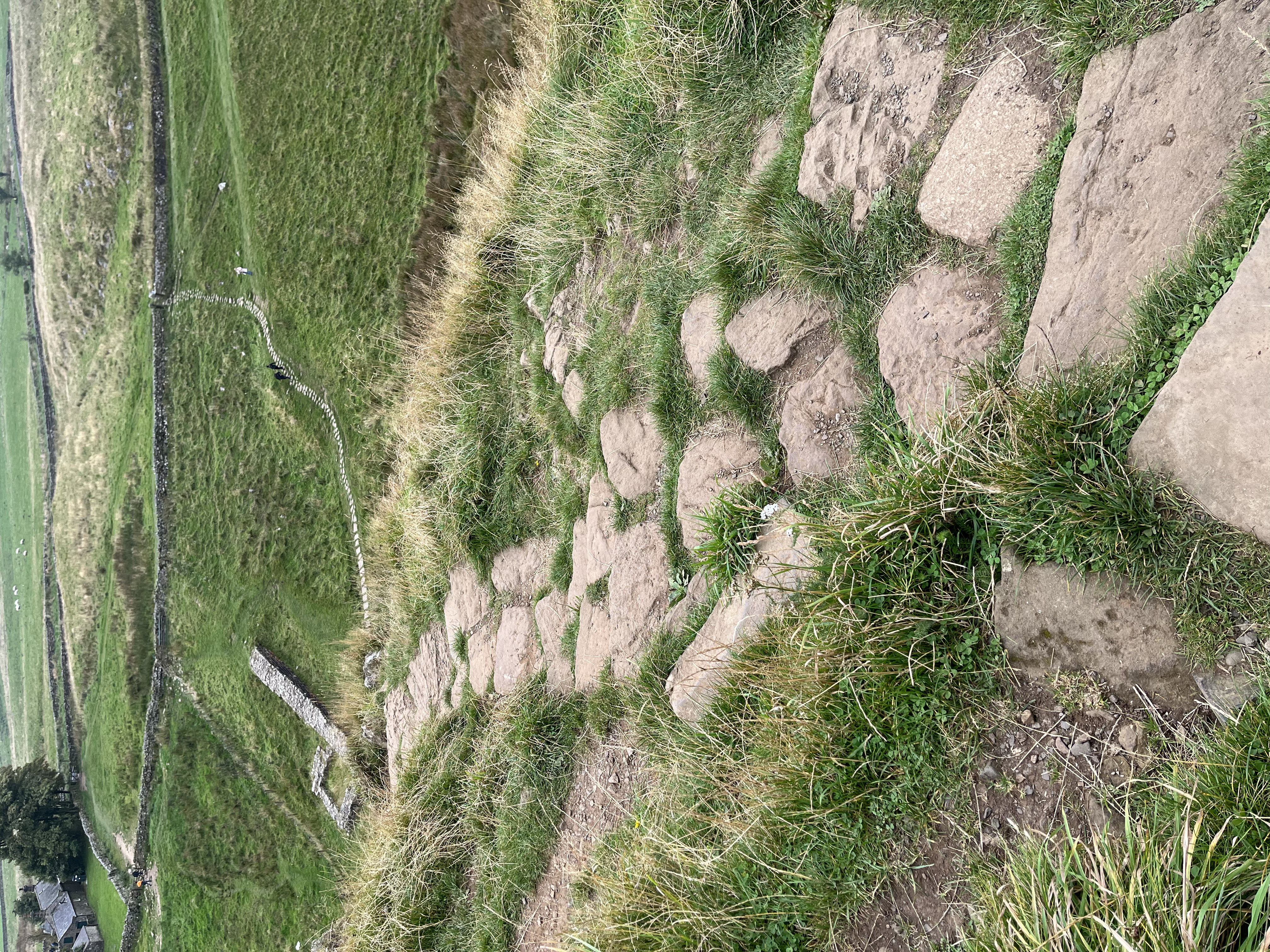
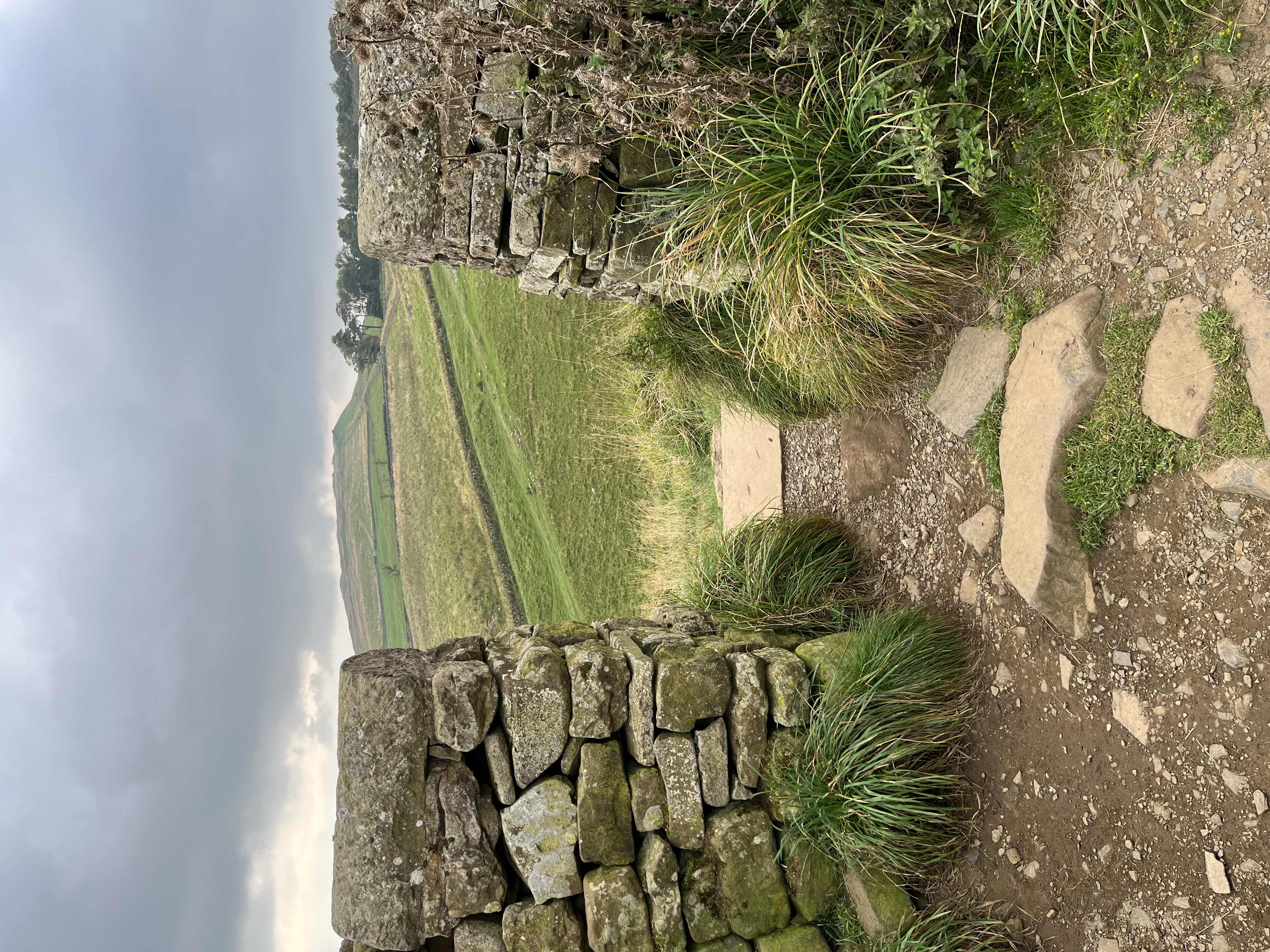
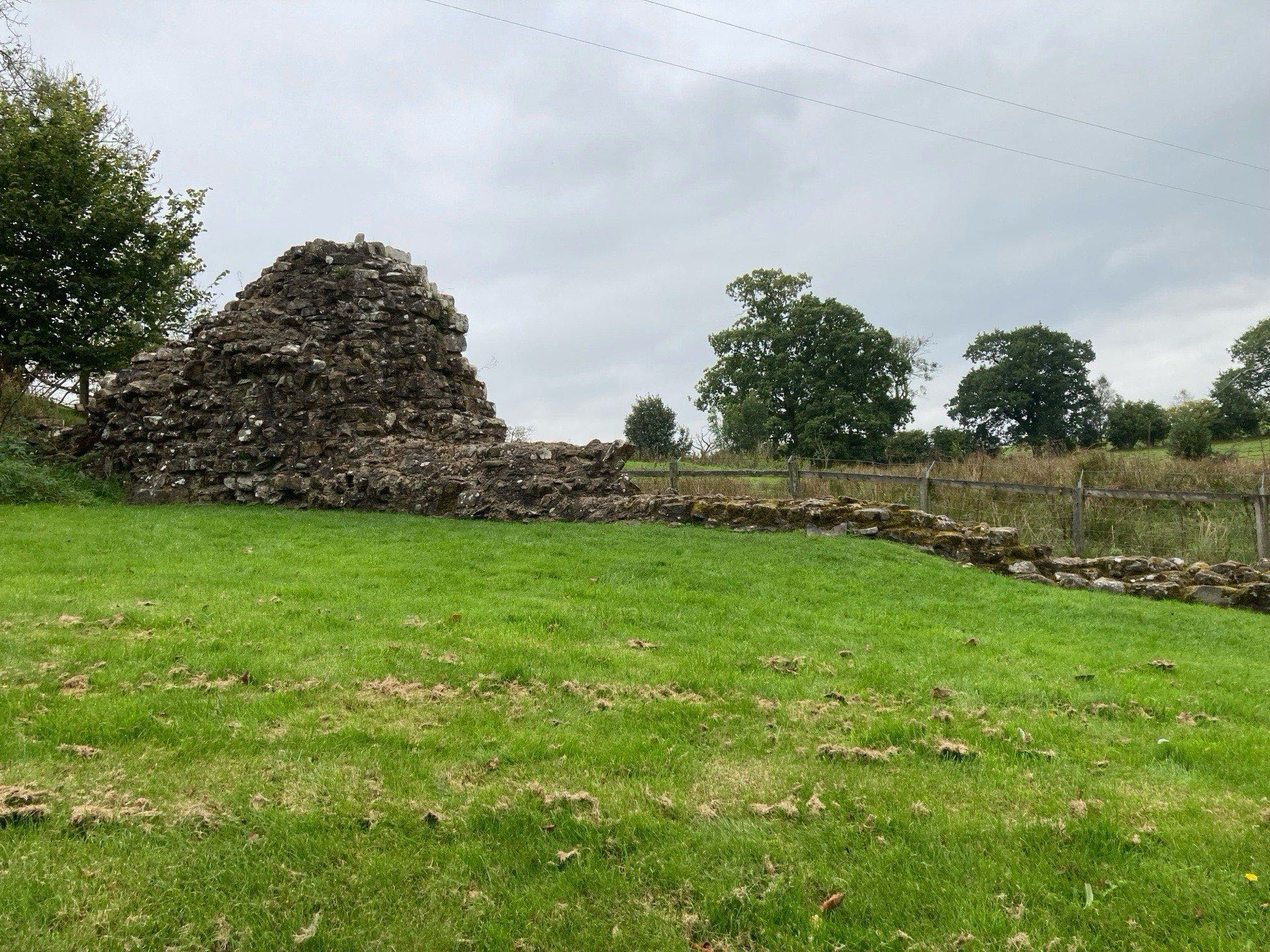
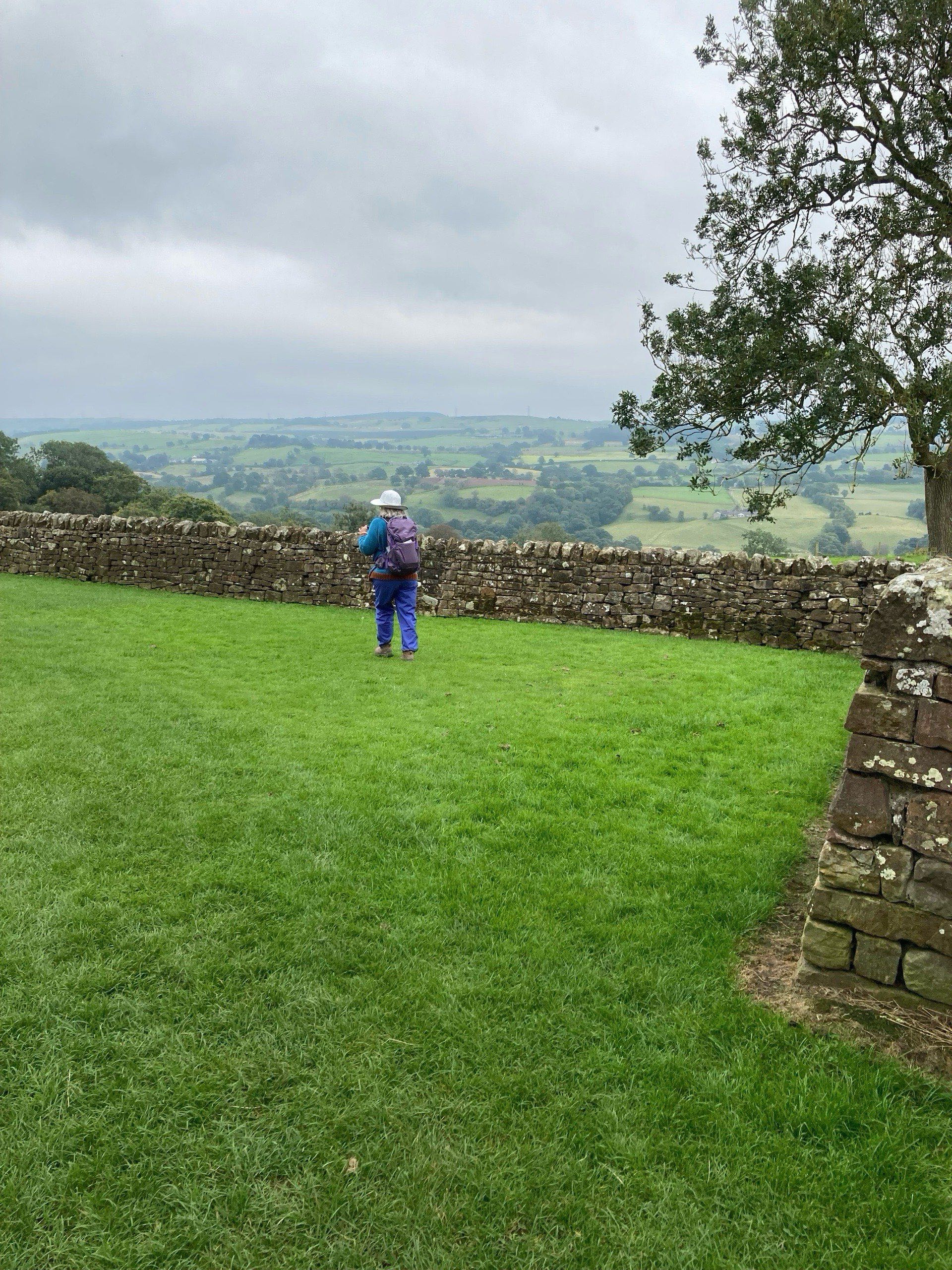
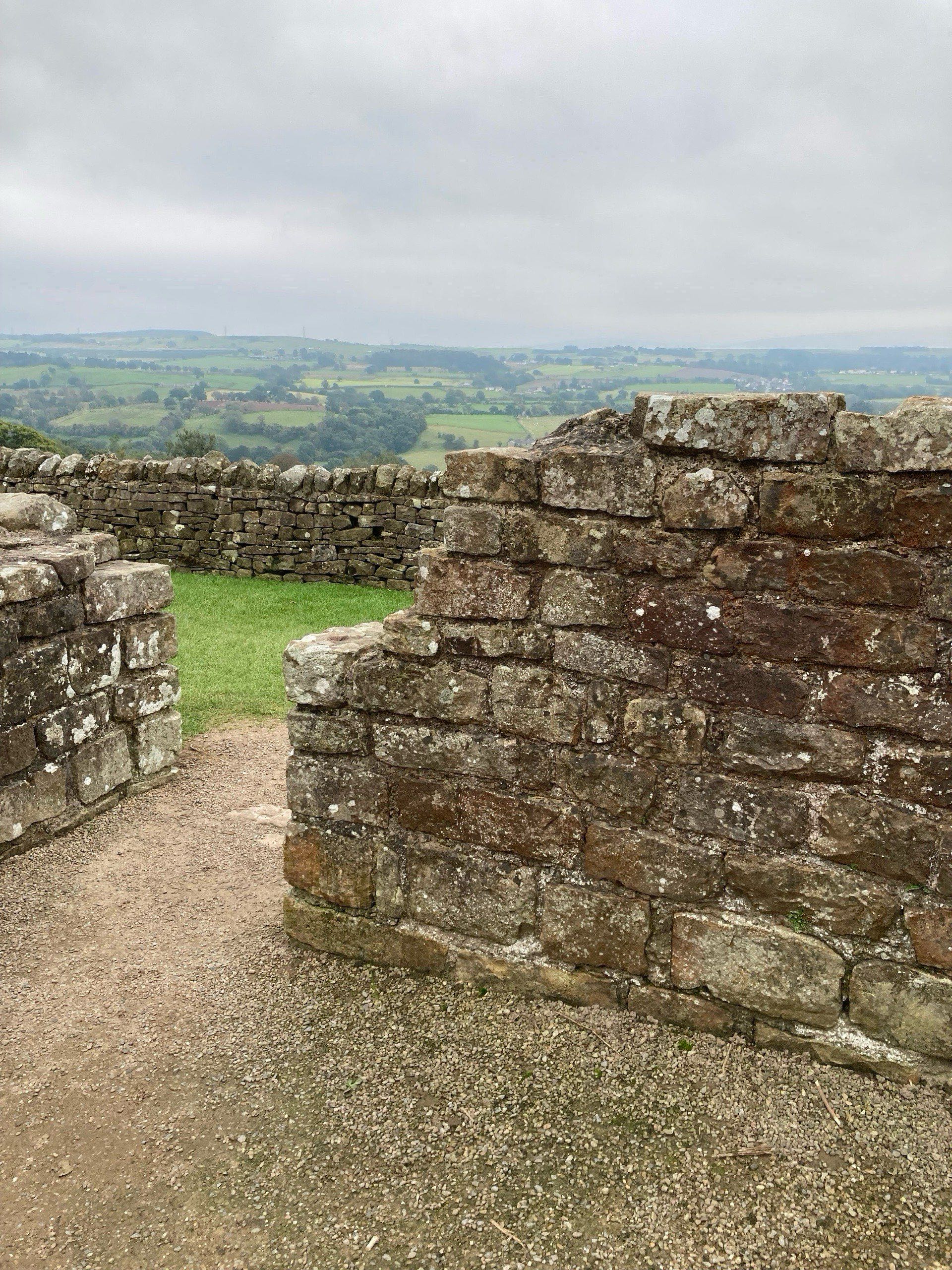
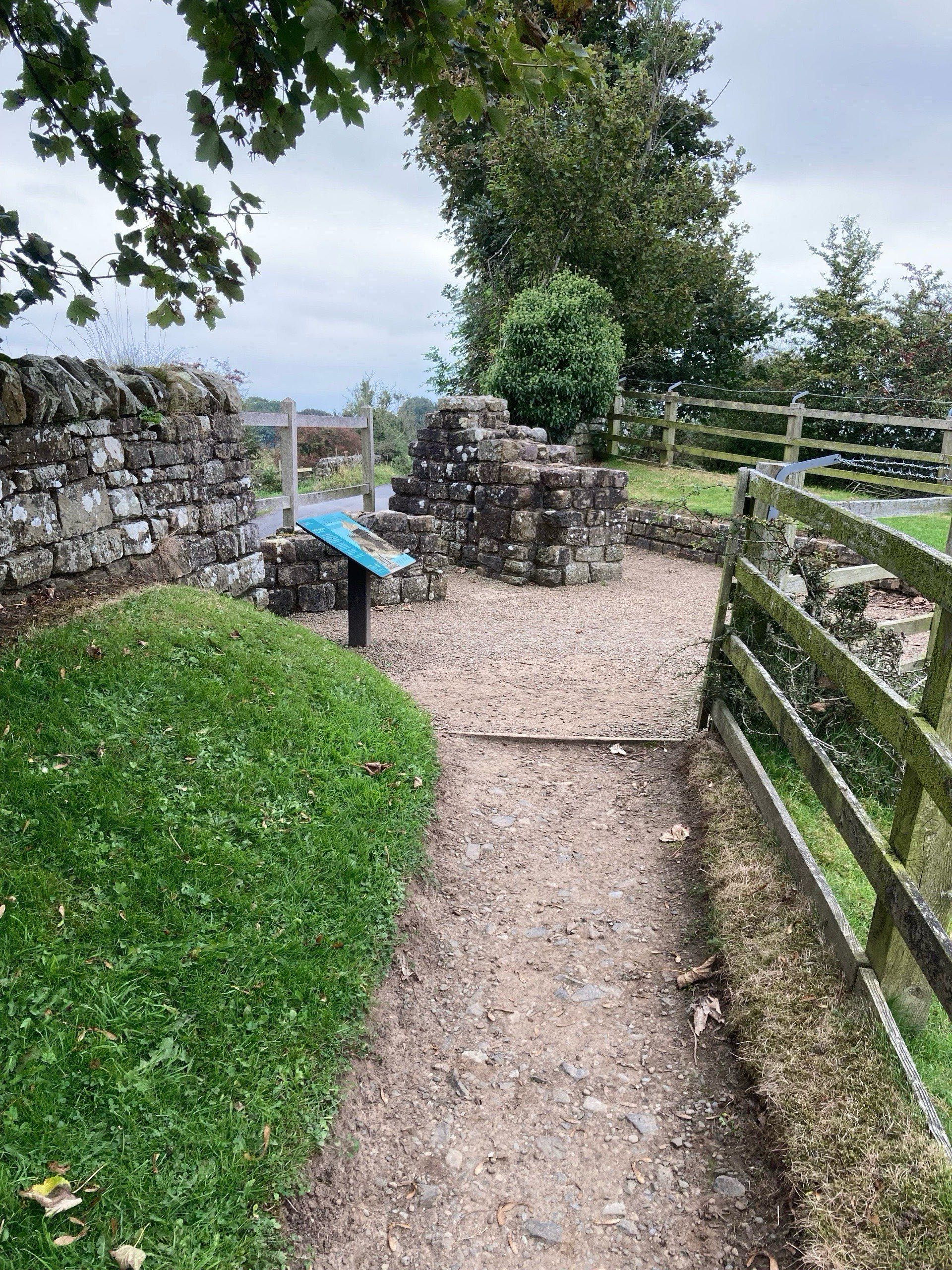
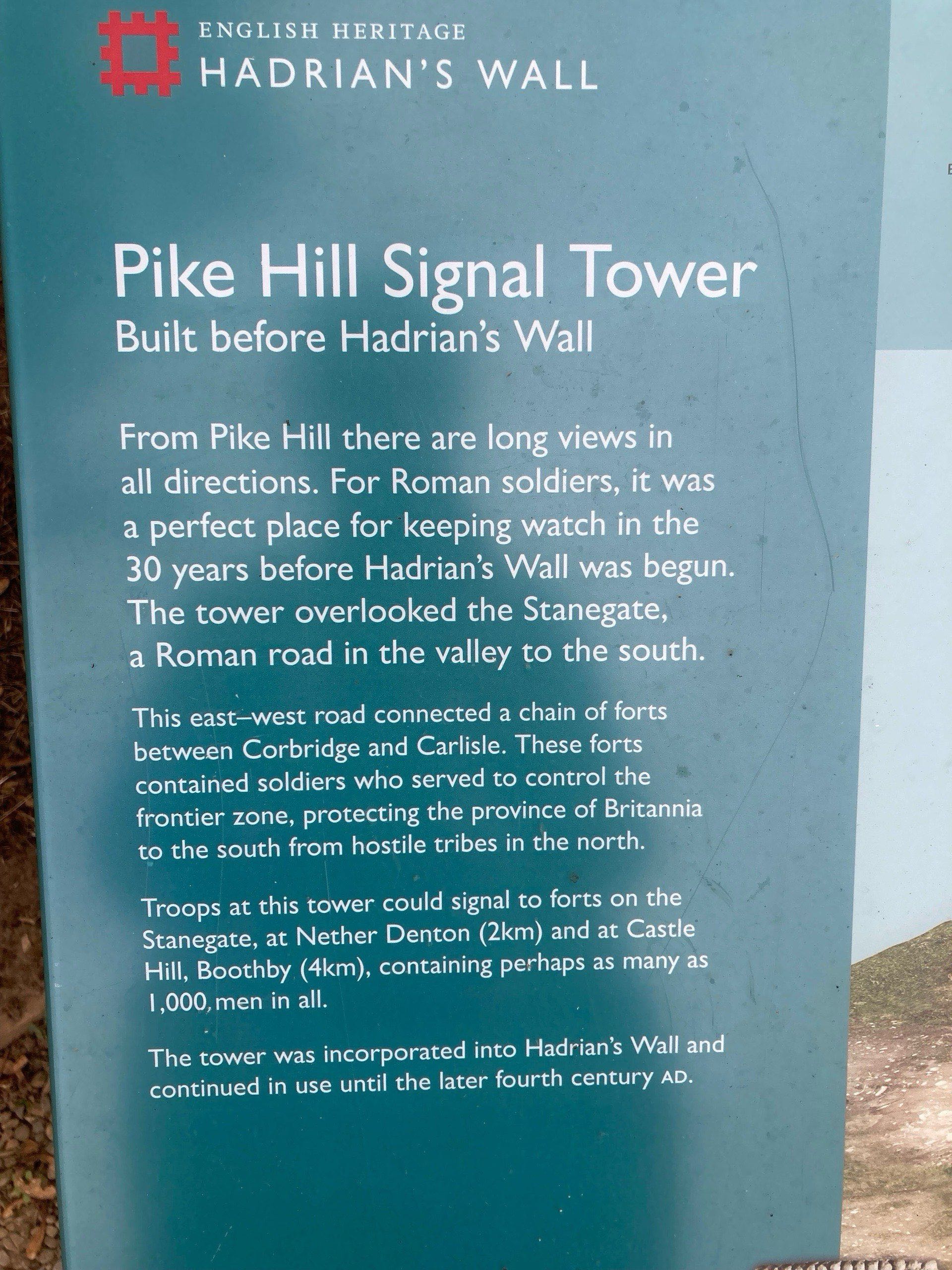
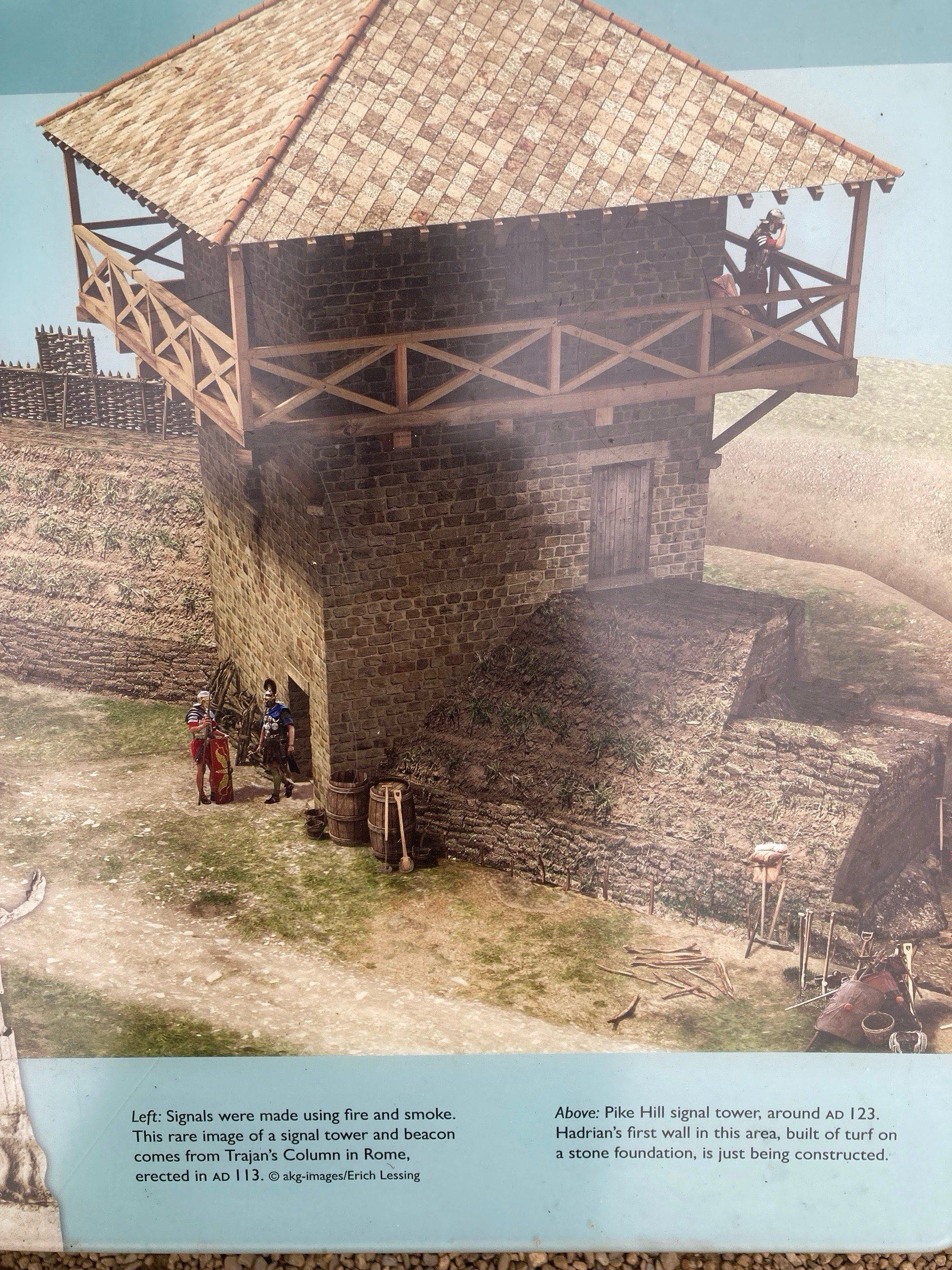
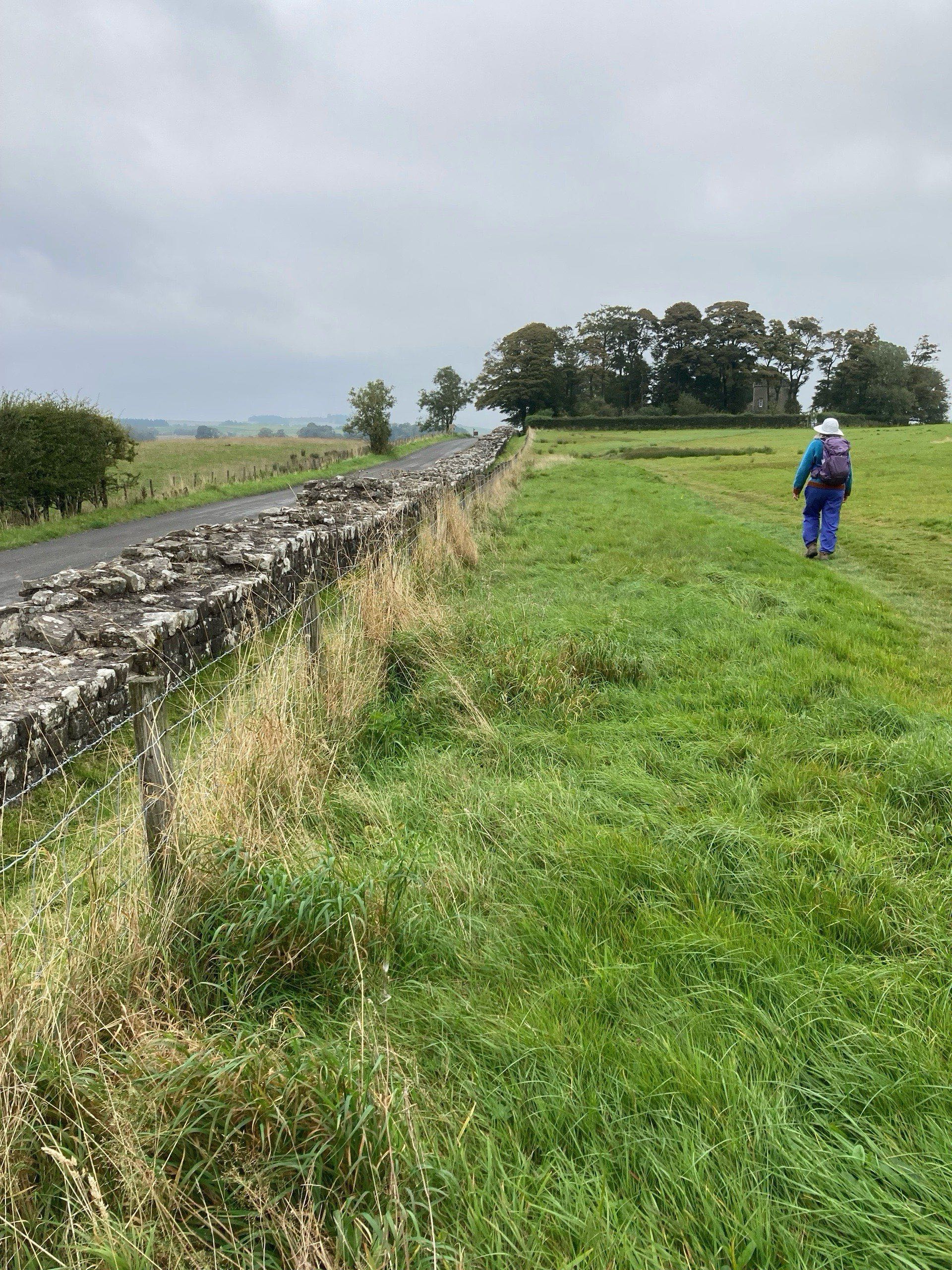
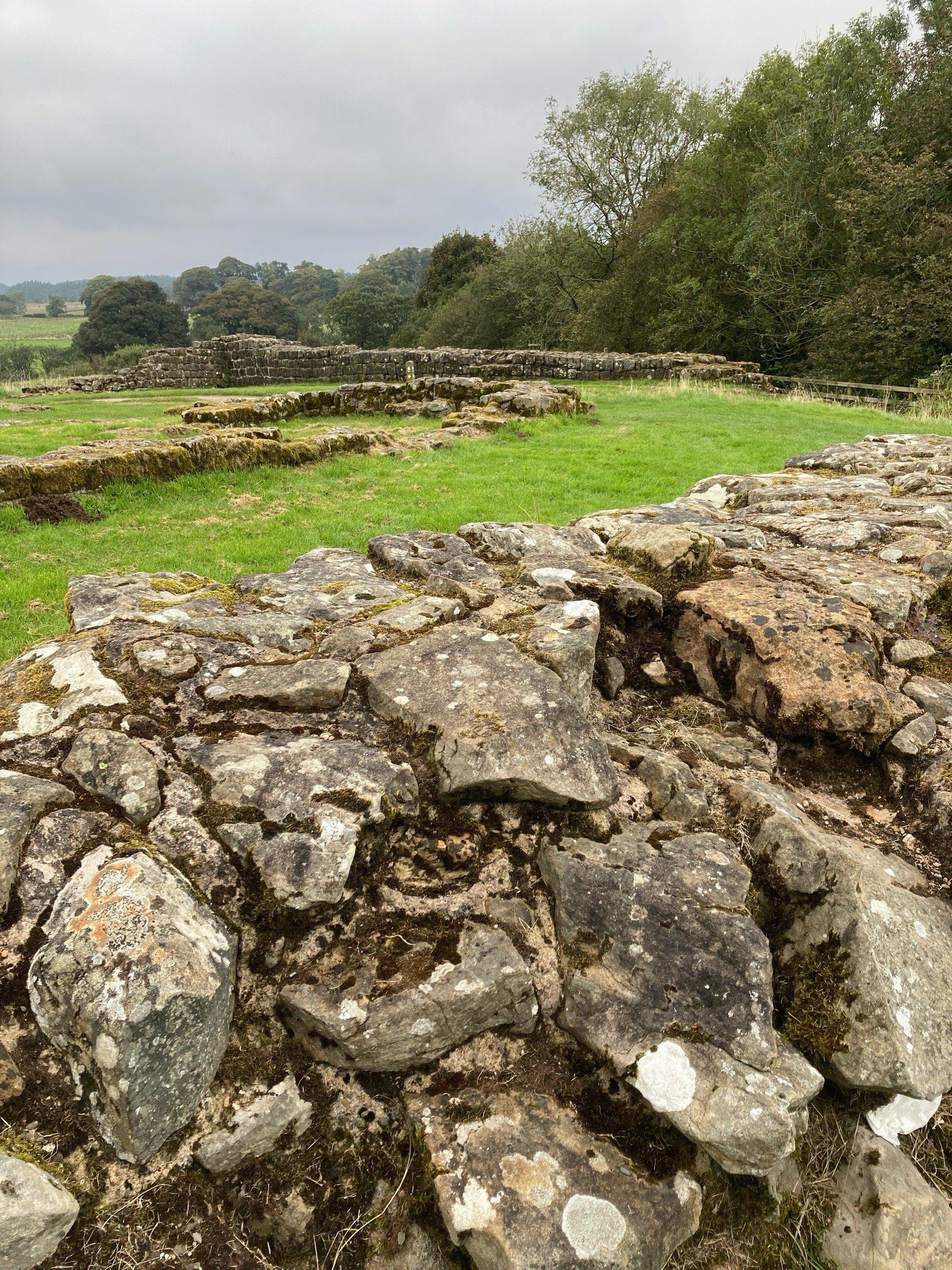
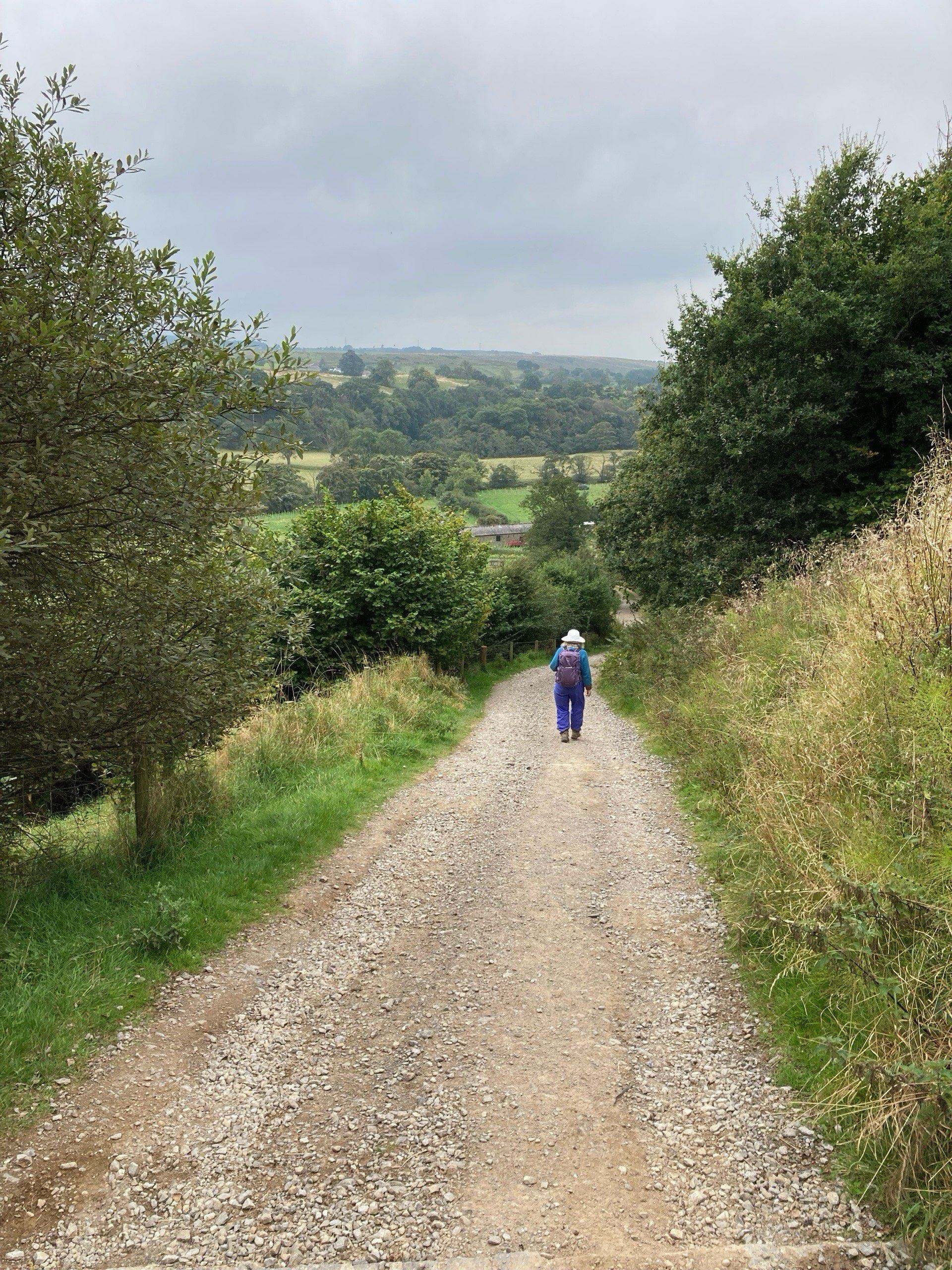
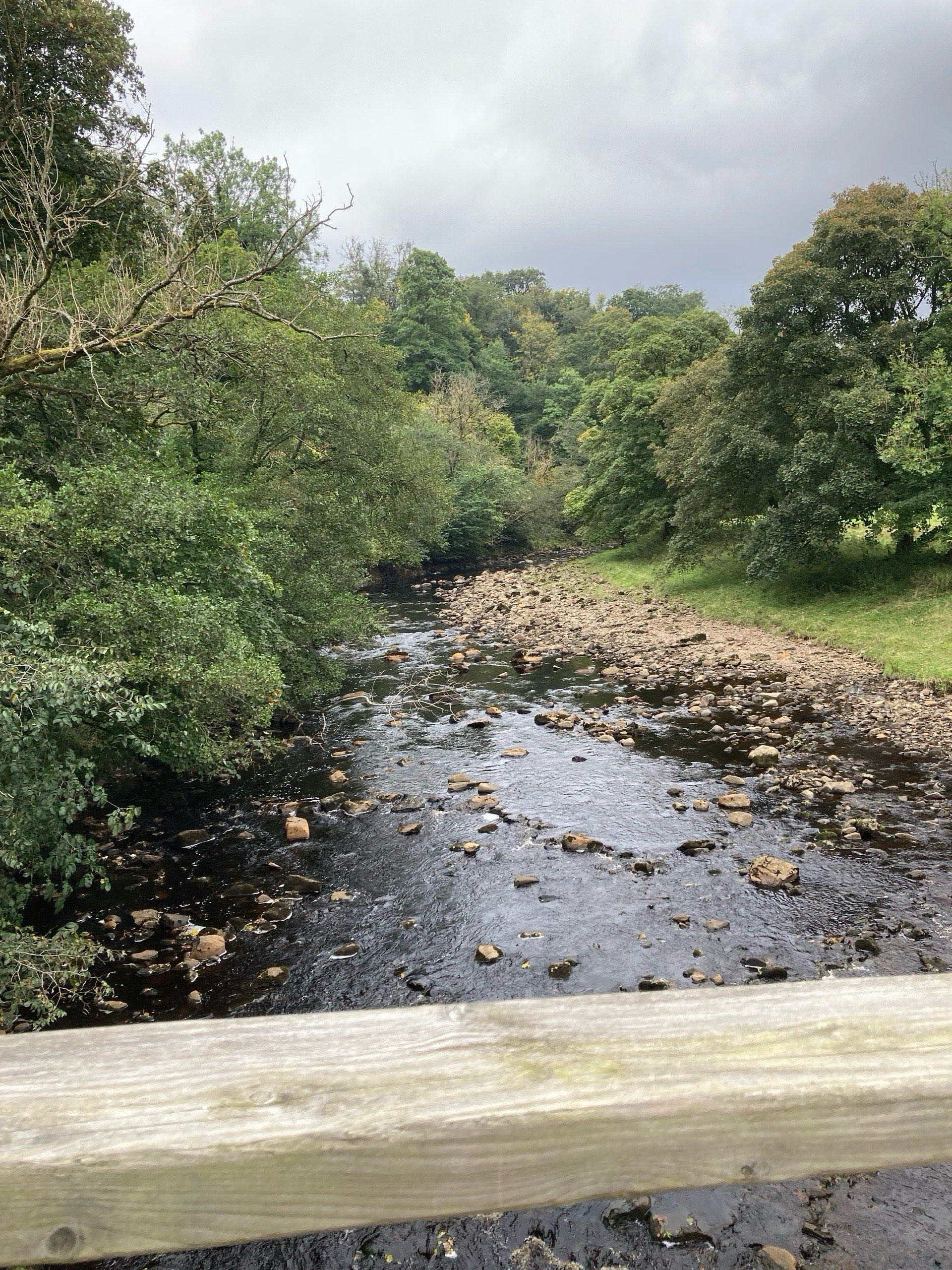
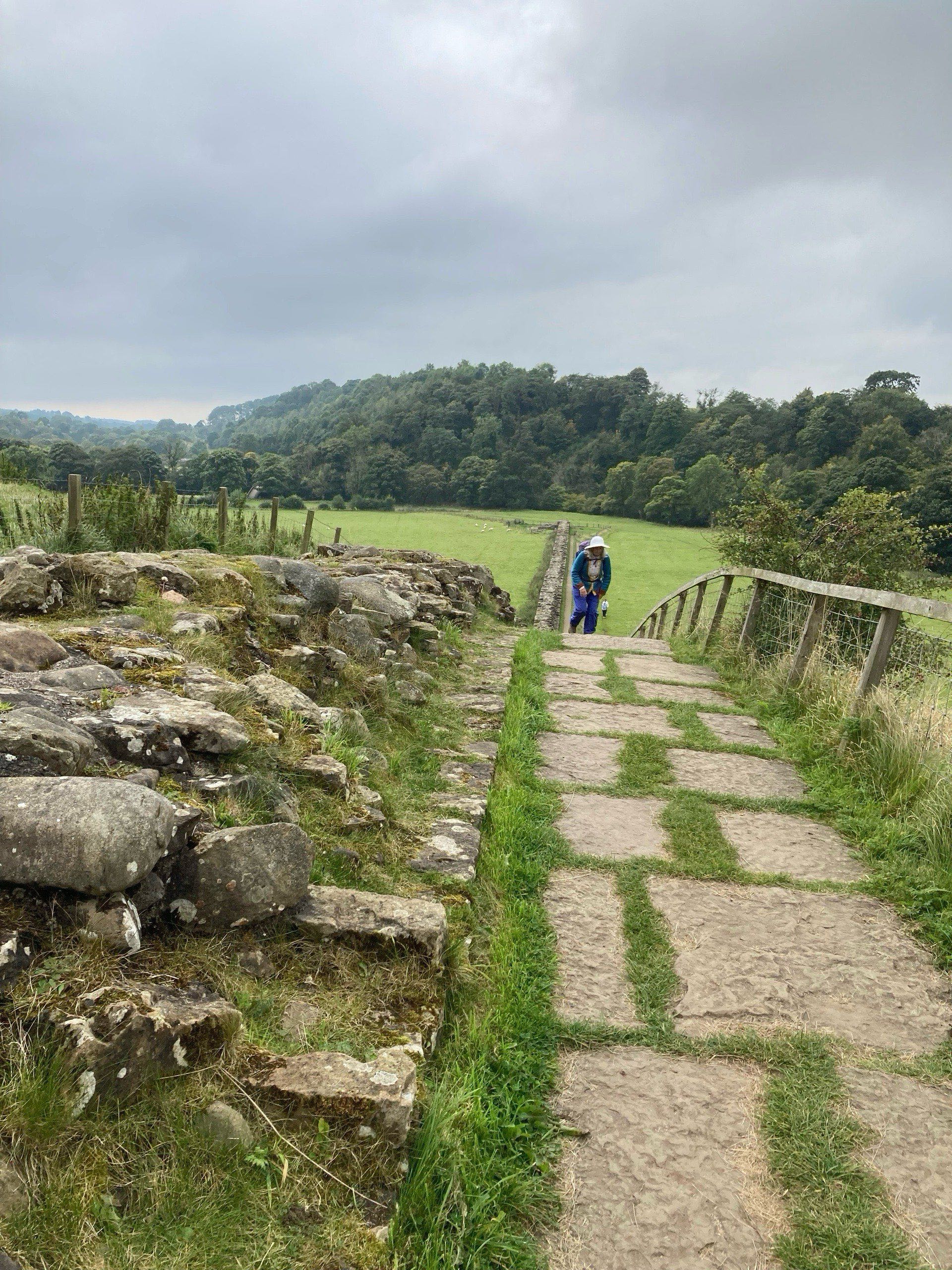
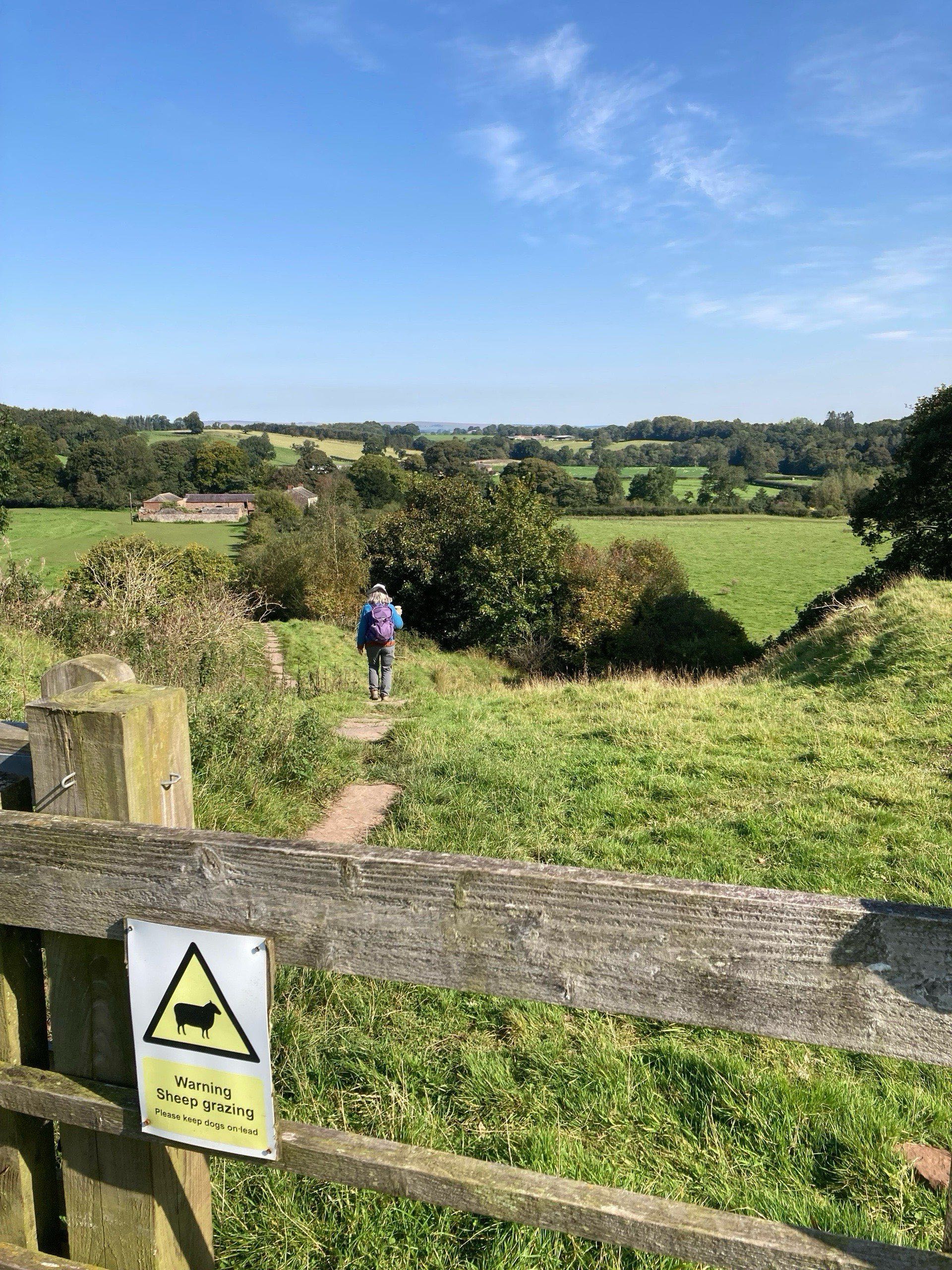
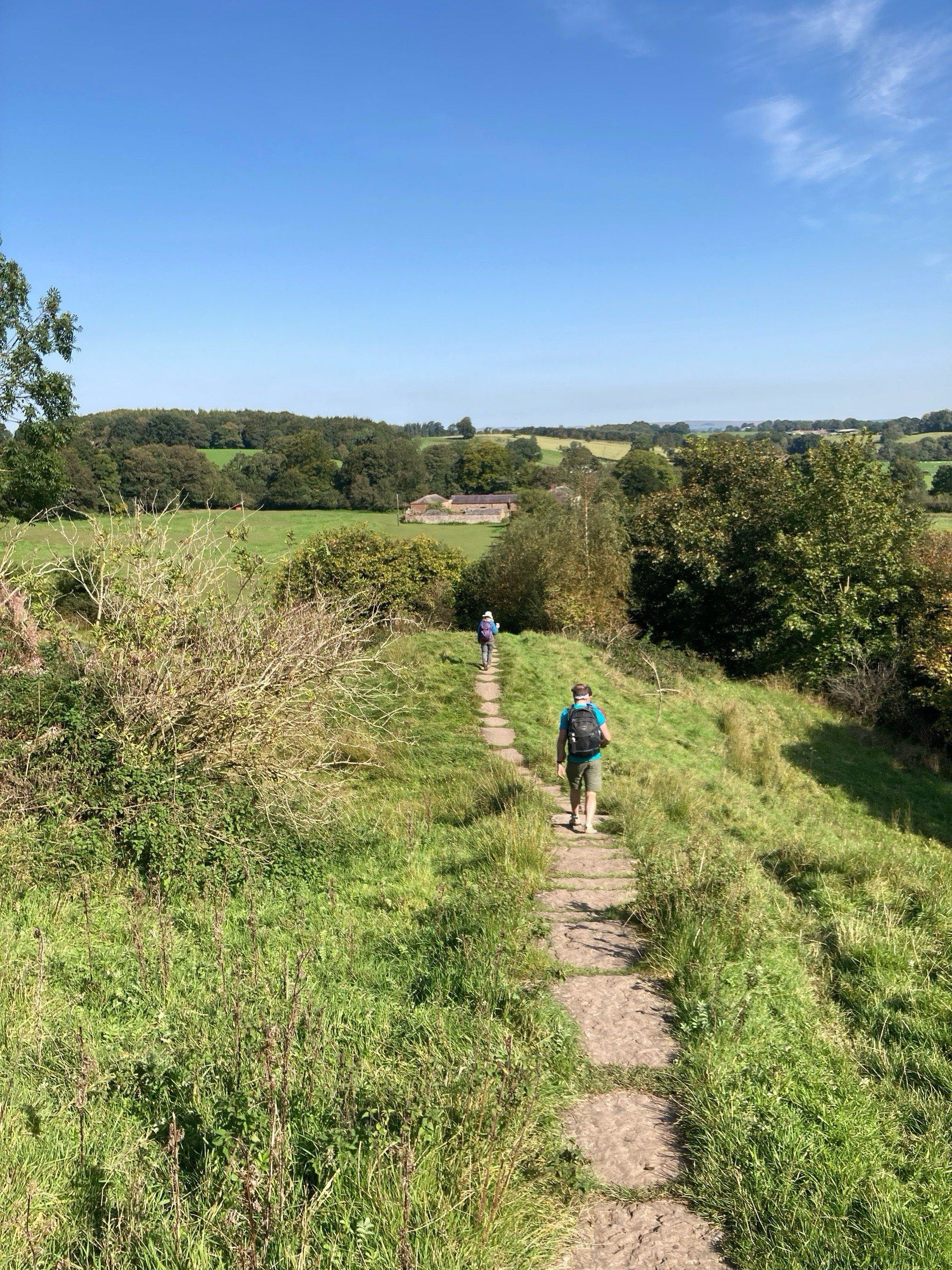
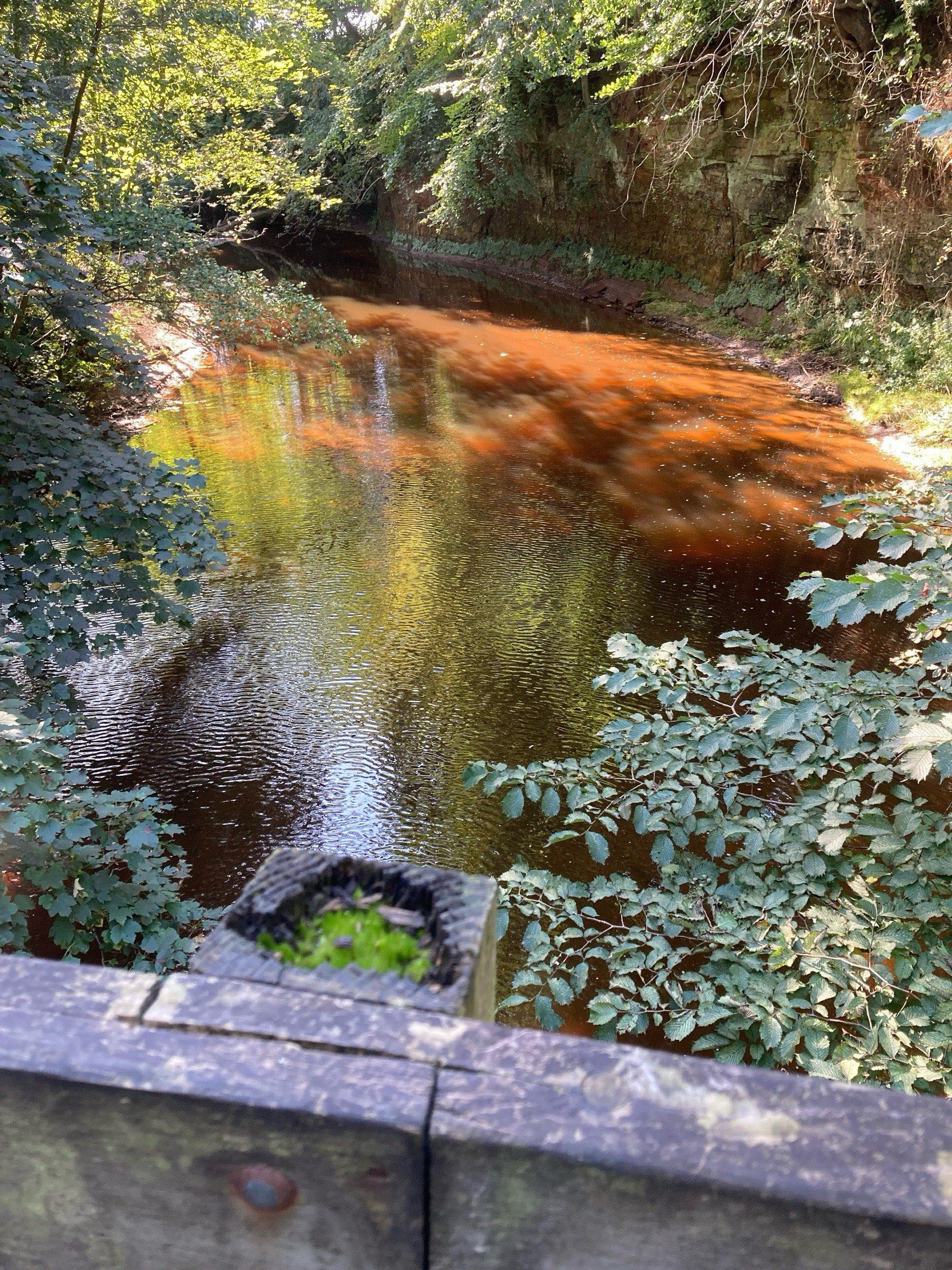
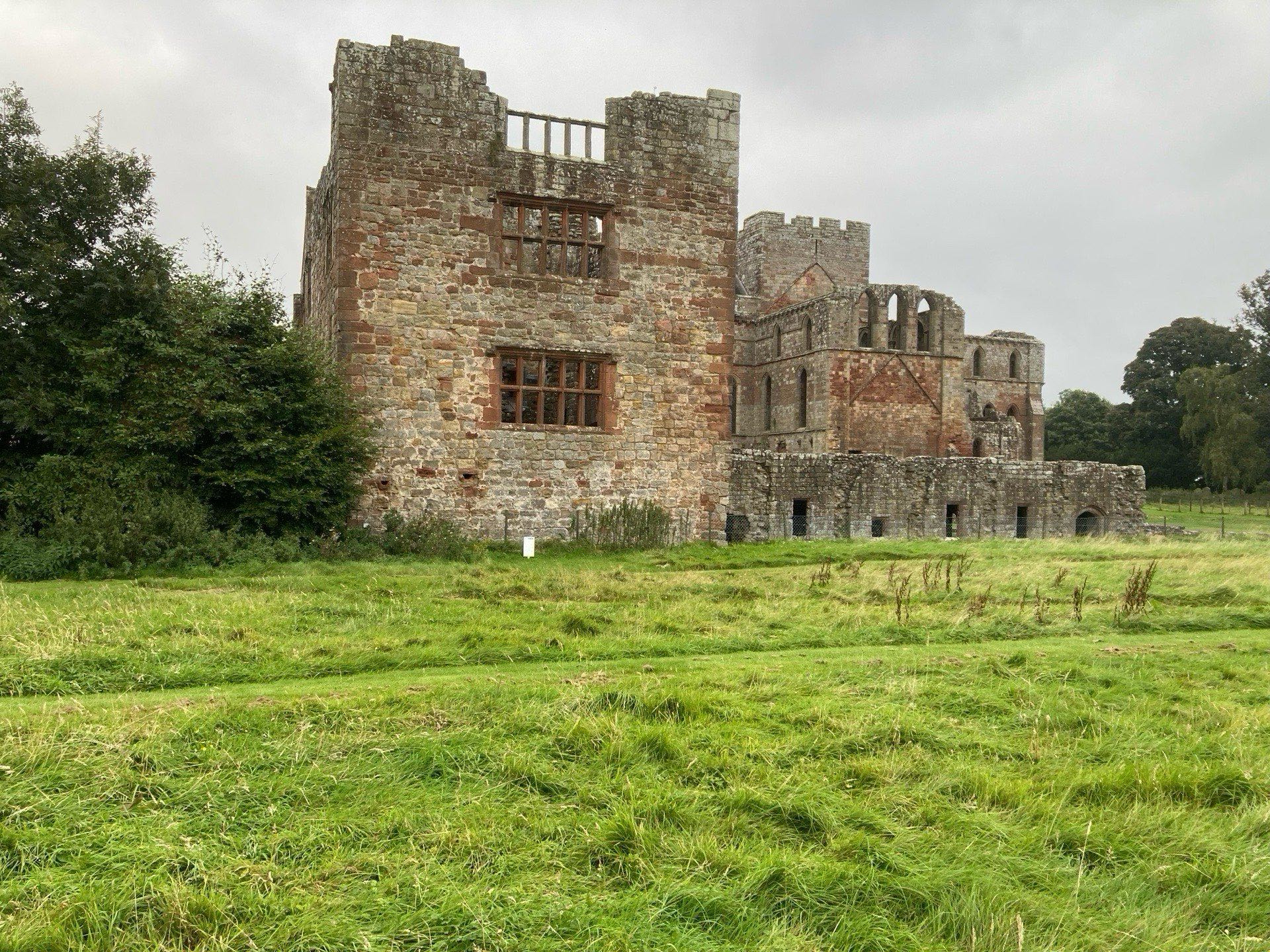
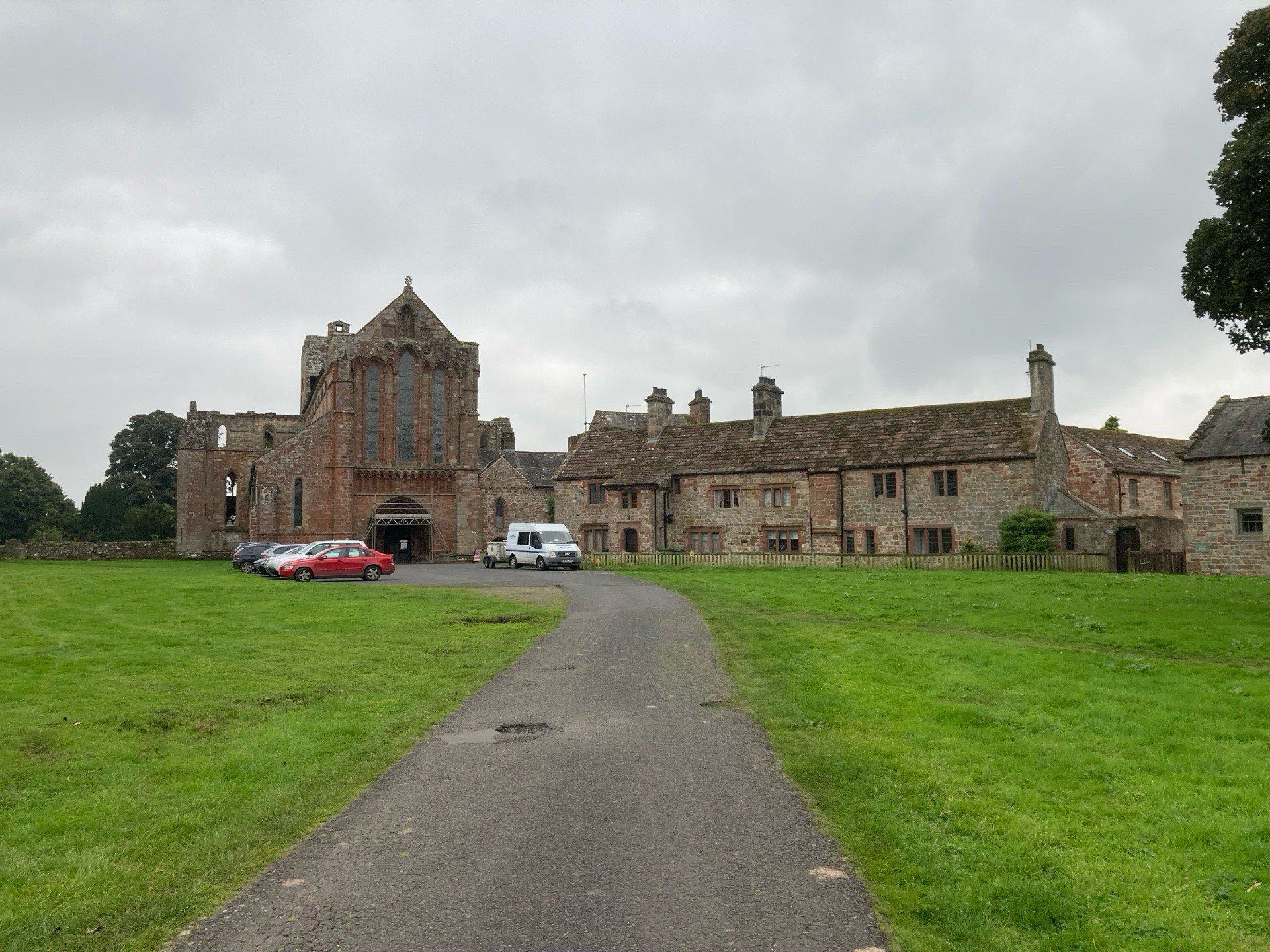 Our hostess, Charlotte Graham, a British photographer of some renown, served dinner and all guests, who happened to all be hikers, not only shared stories, but continue to visit as our paths repeatedly cross on the trail.
Our hostess, Charlotte Graham, a British photographer of some renown, served dinner and all guests, who happened to all be hikers, not only shared stories, but continue to visit as our paths repeatedly cross on the trail.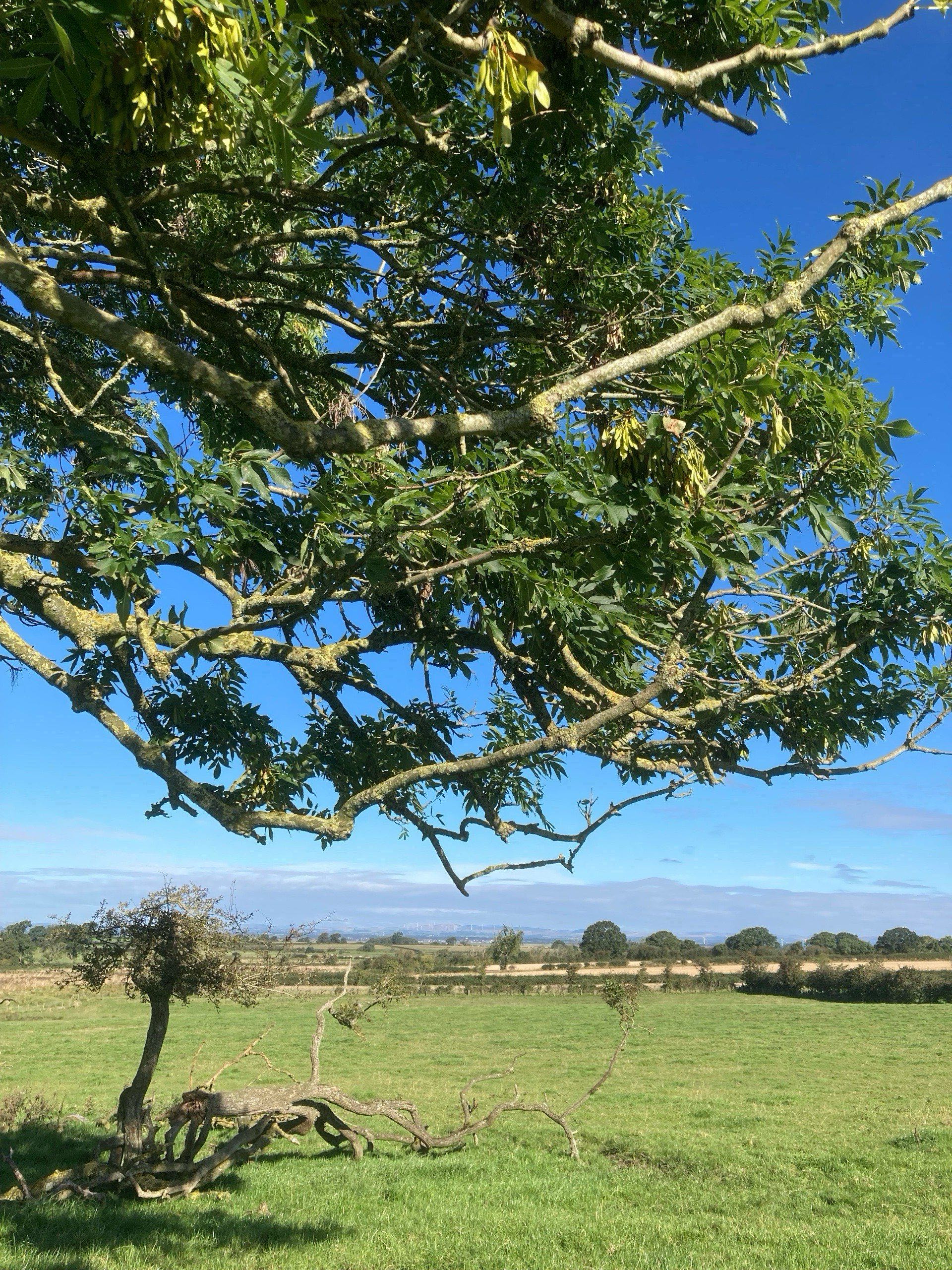
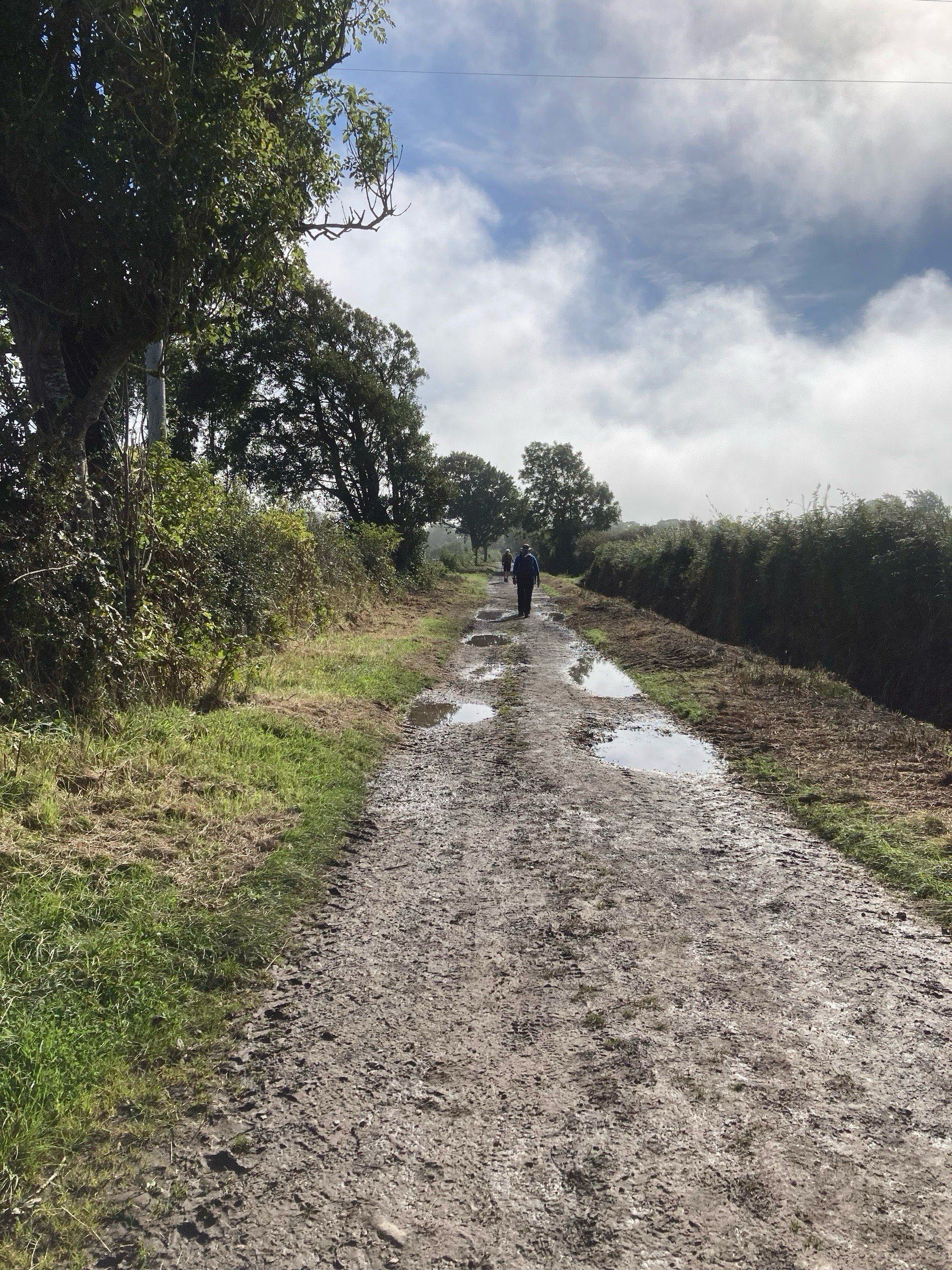
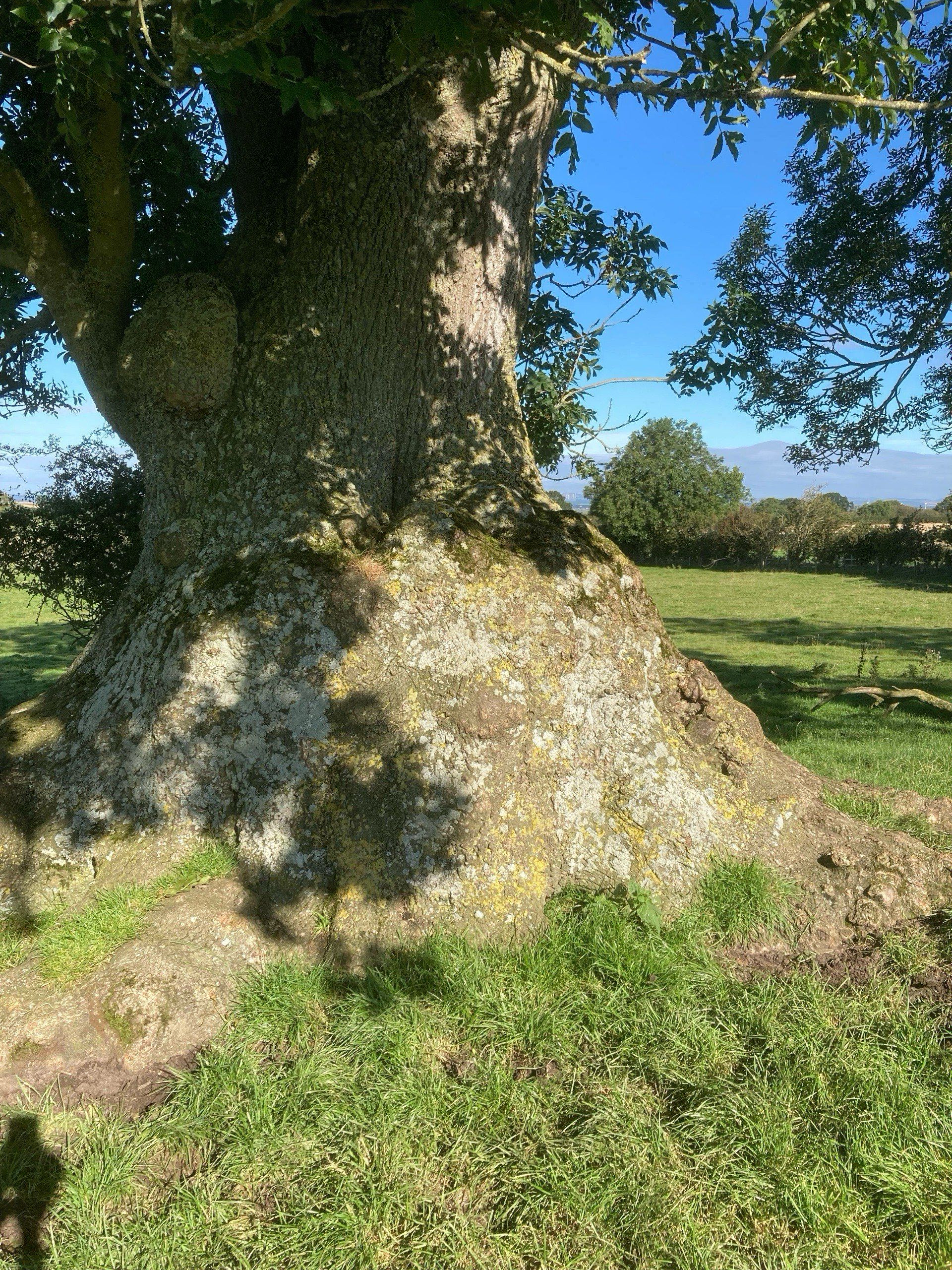 I just love all the beautiful old trees.
I just love all the beautiful old trees.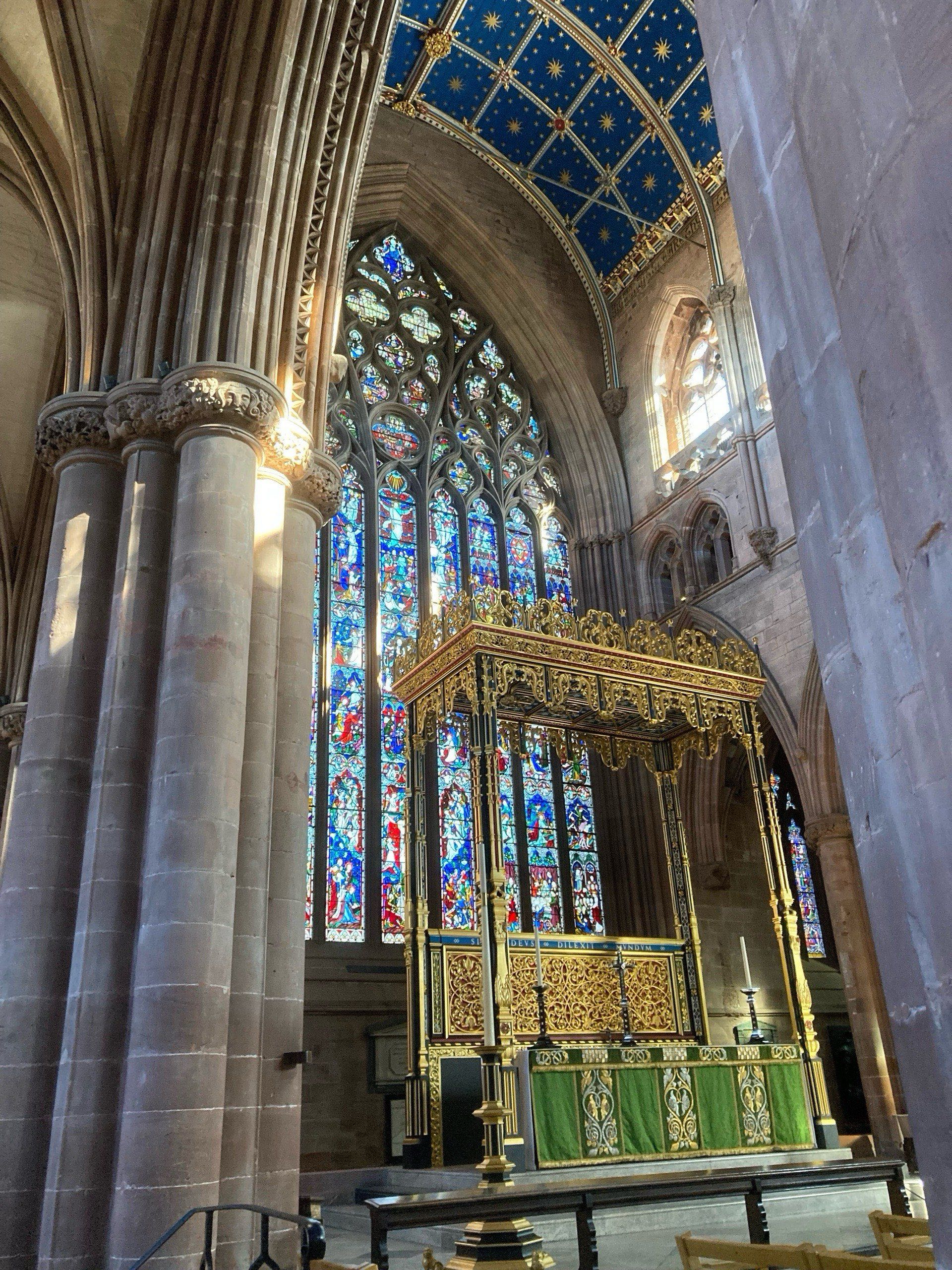
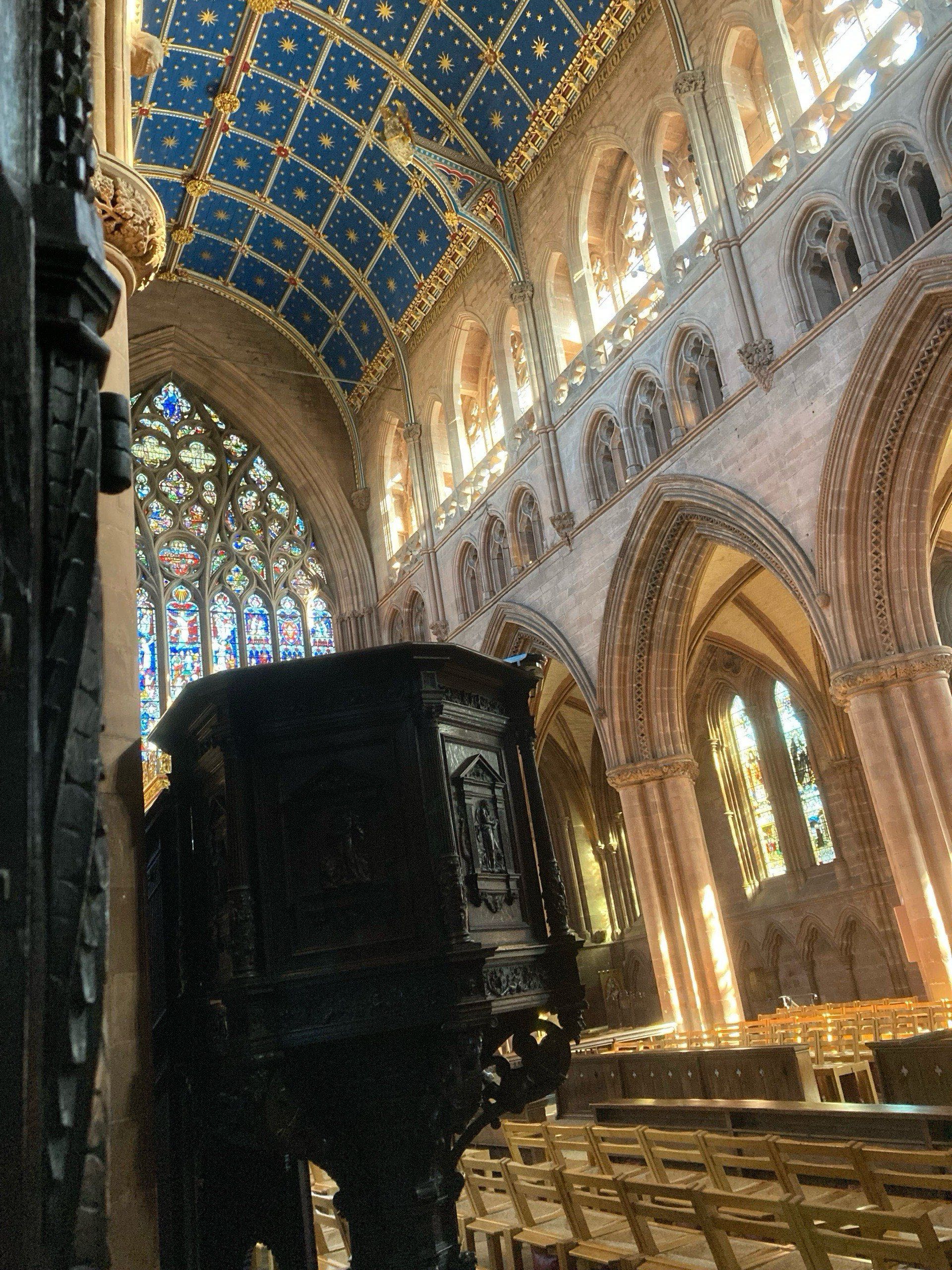 The castle was a defensive castle, for soldiers, not elites. I was the only one there and the nerdy, ticket selling kid, a former student type, gave me lots of info.
The castle was a defensive castle, for soldiers, not elites. I was the only one there and the nerdy, ticket selling kid, a former student type, gave me lots of info.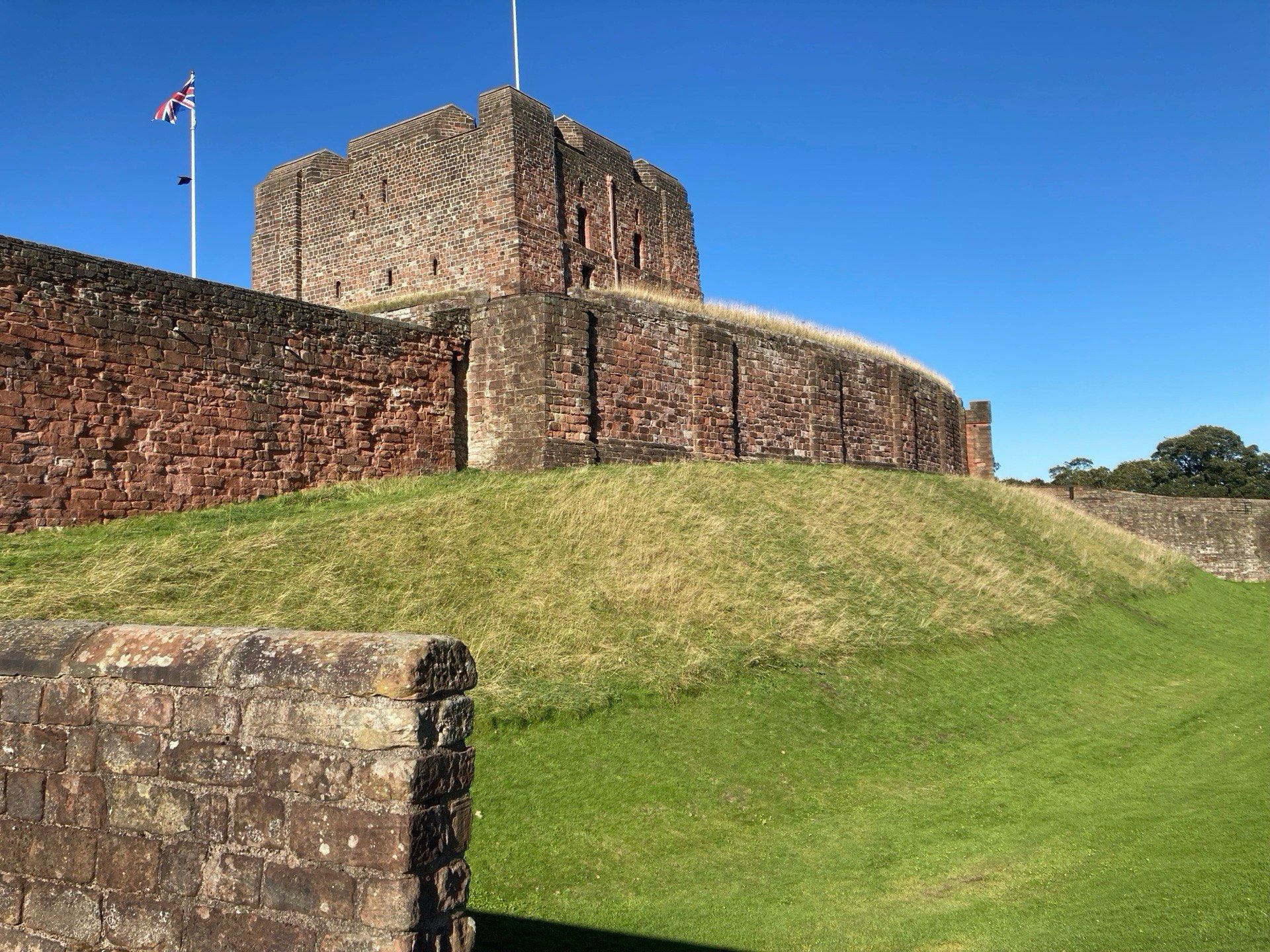 It was just stone and some wood, never finished off for comfort, and super interesting to explore for an hour on my own.
It was just stone and some wood, never finished off for comfort, and super interesting to explore for an hour on my own.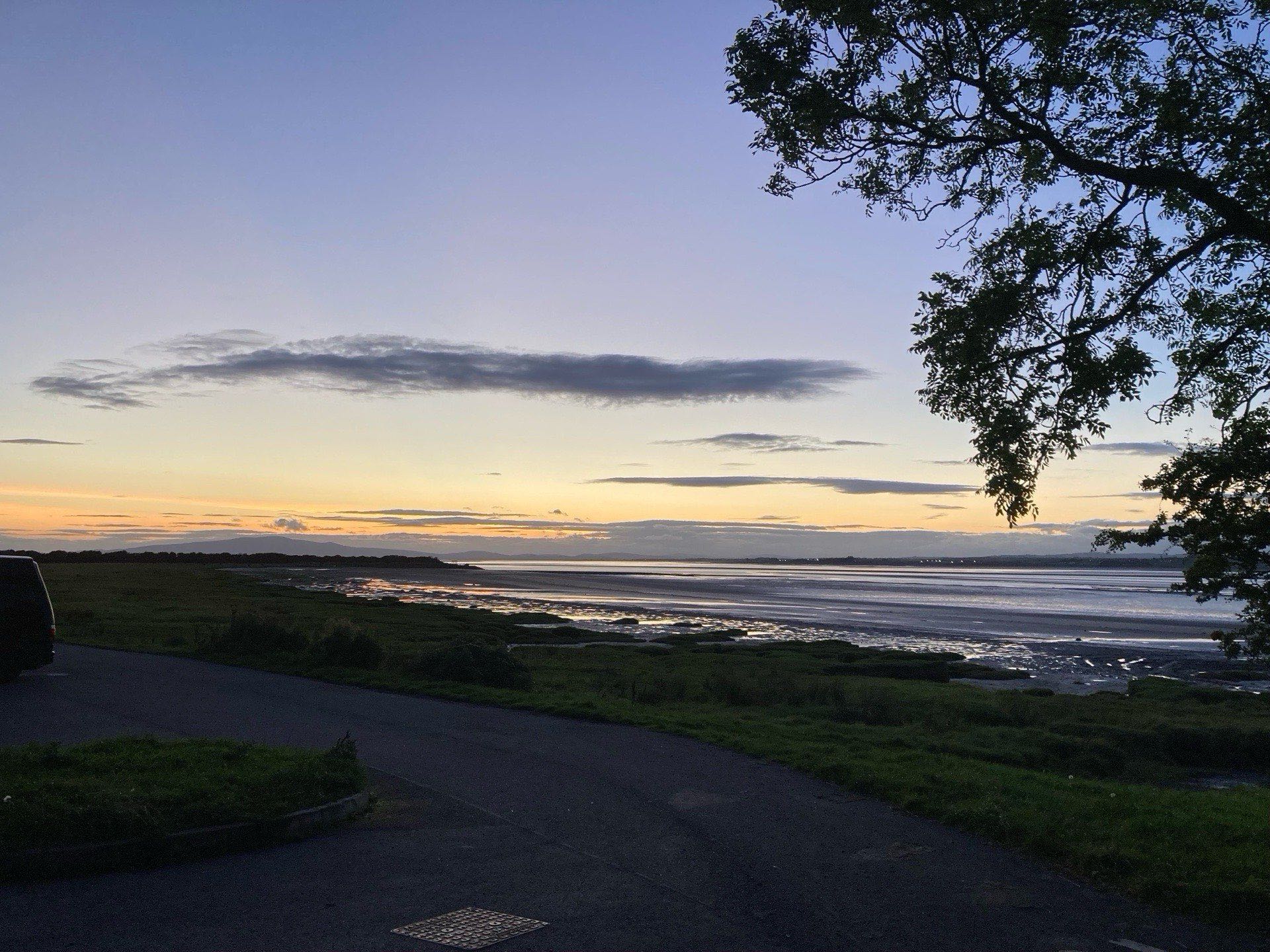
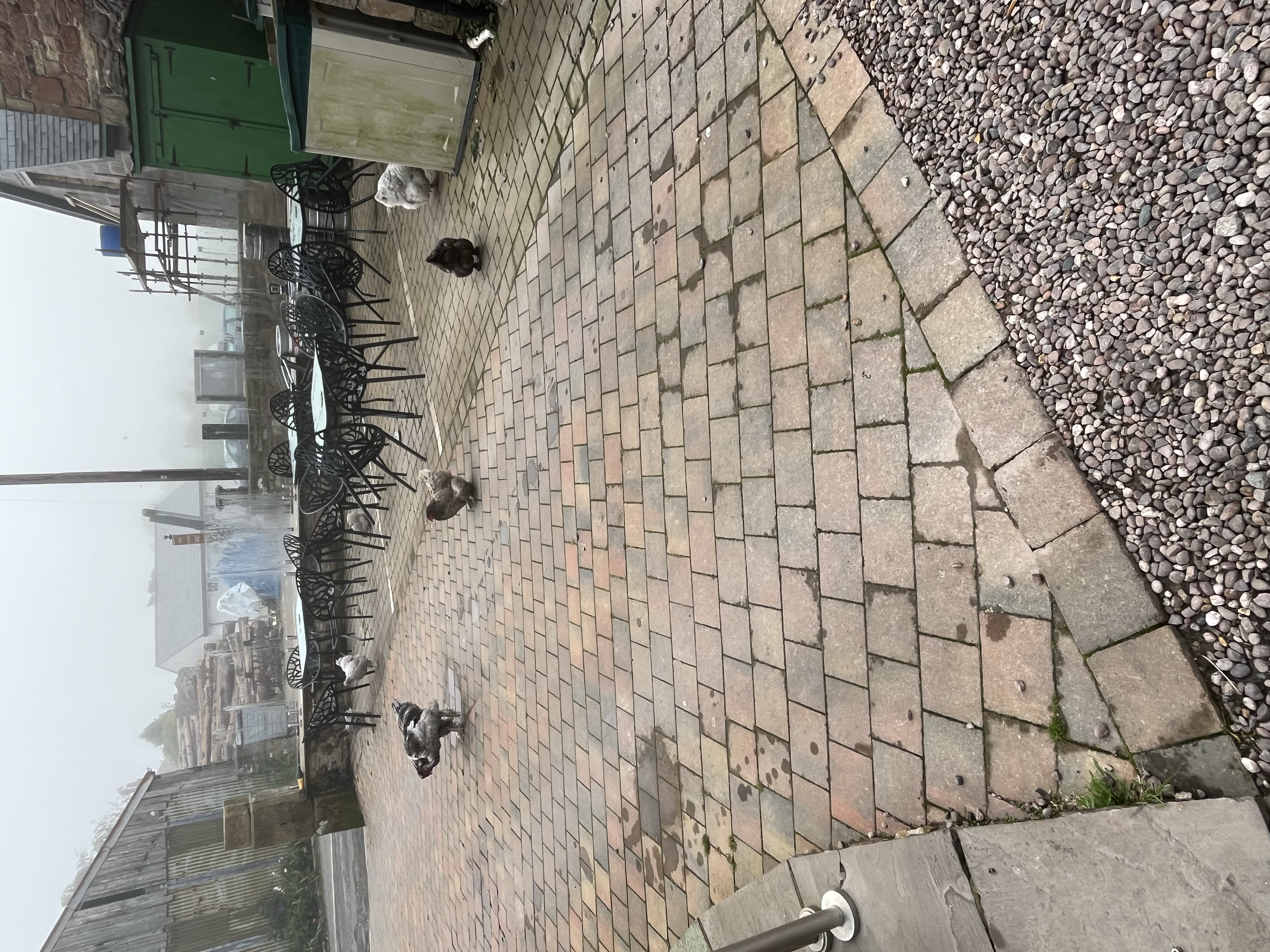
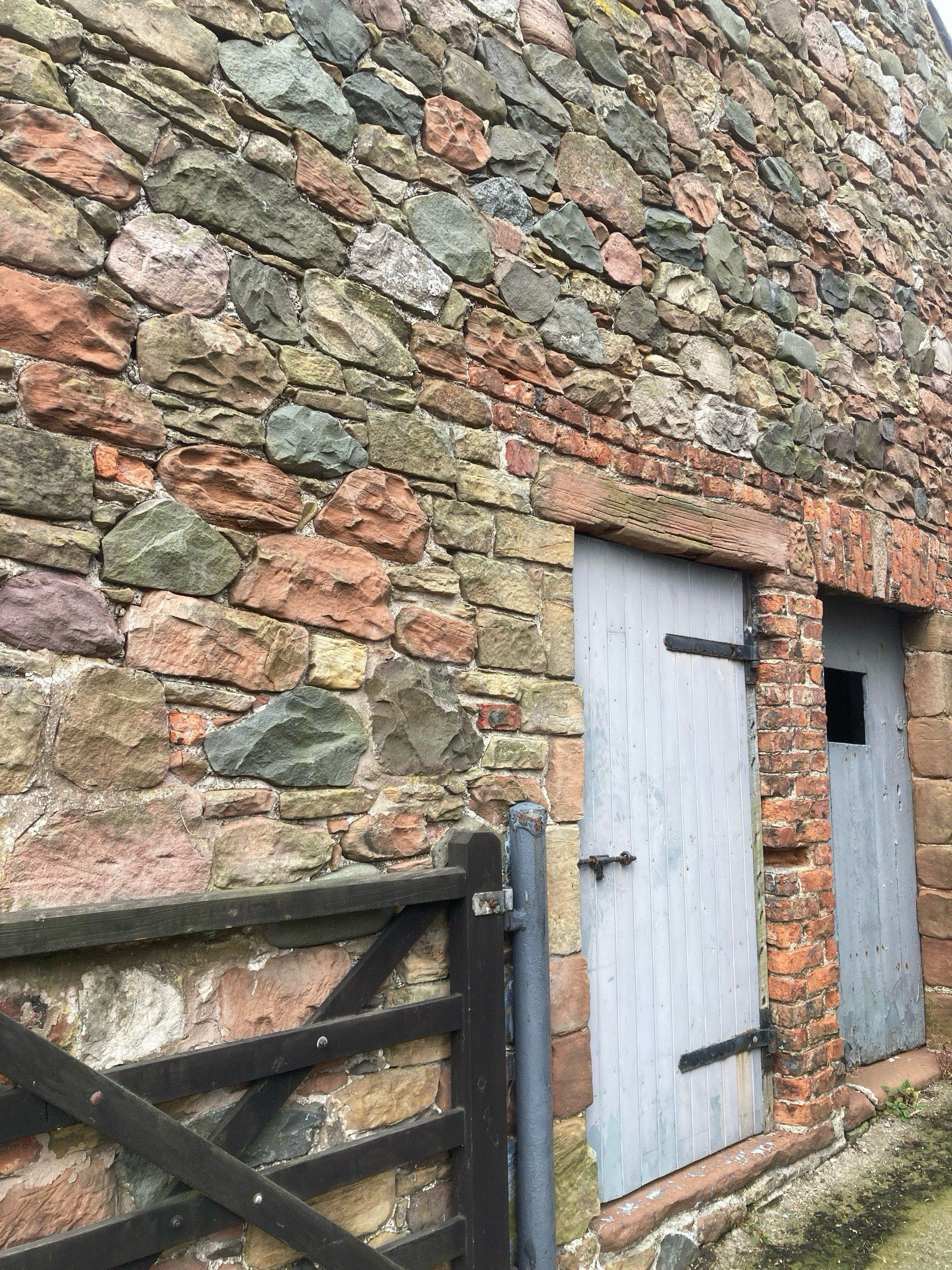
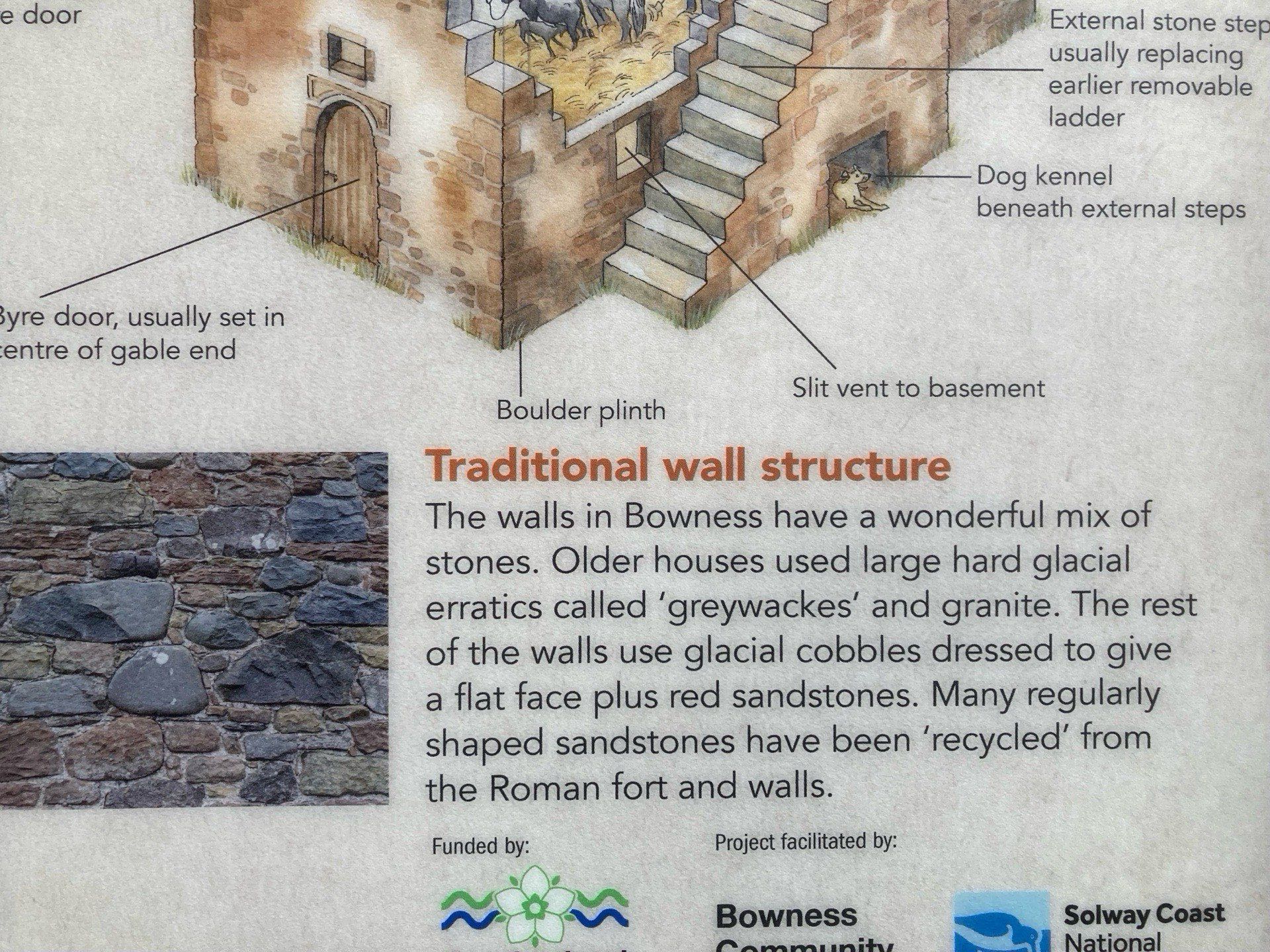
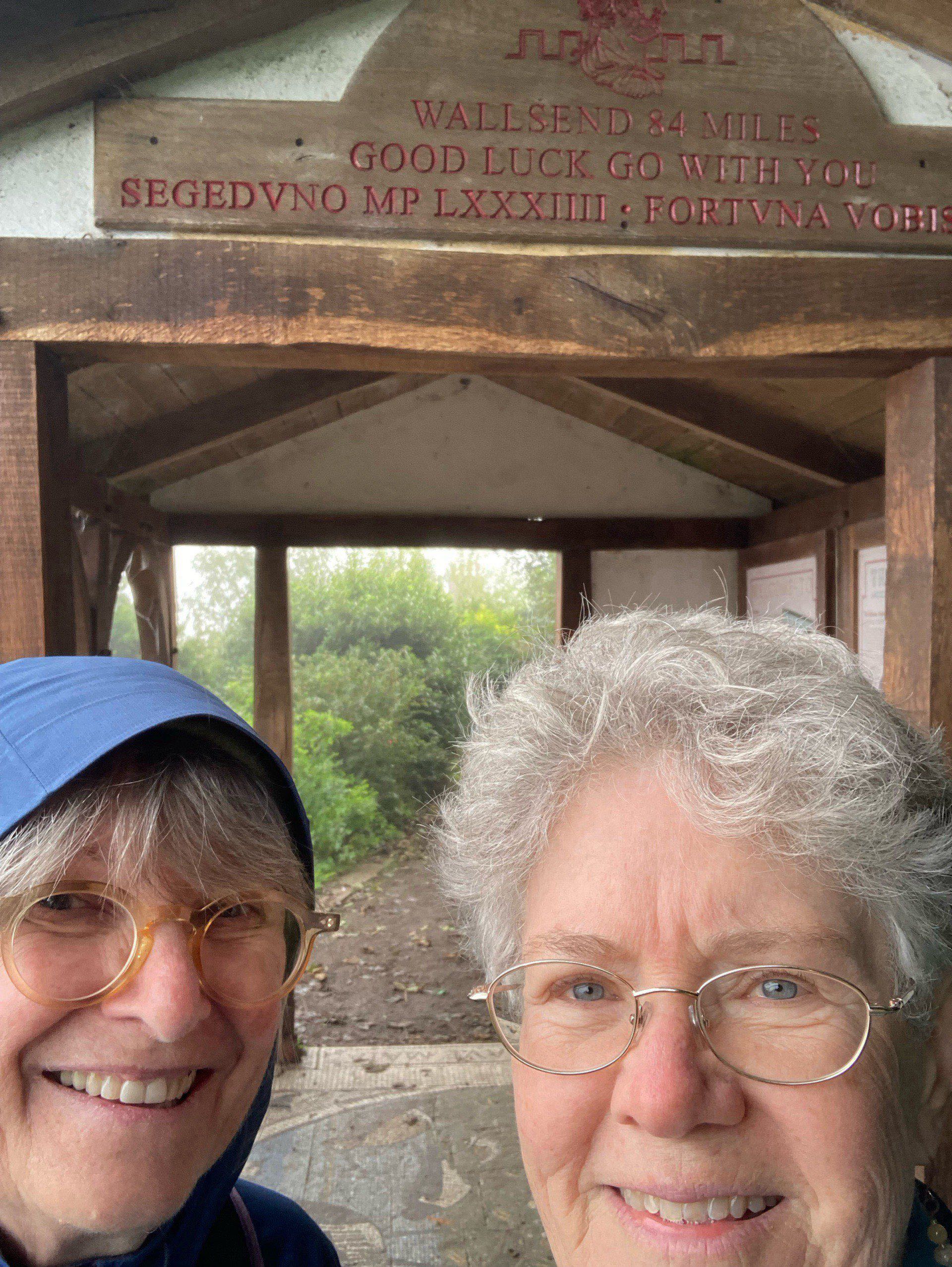
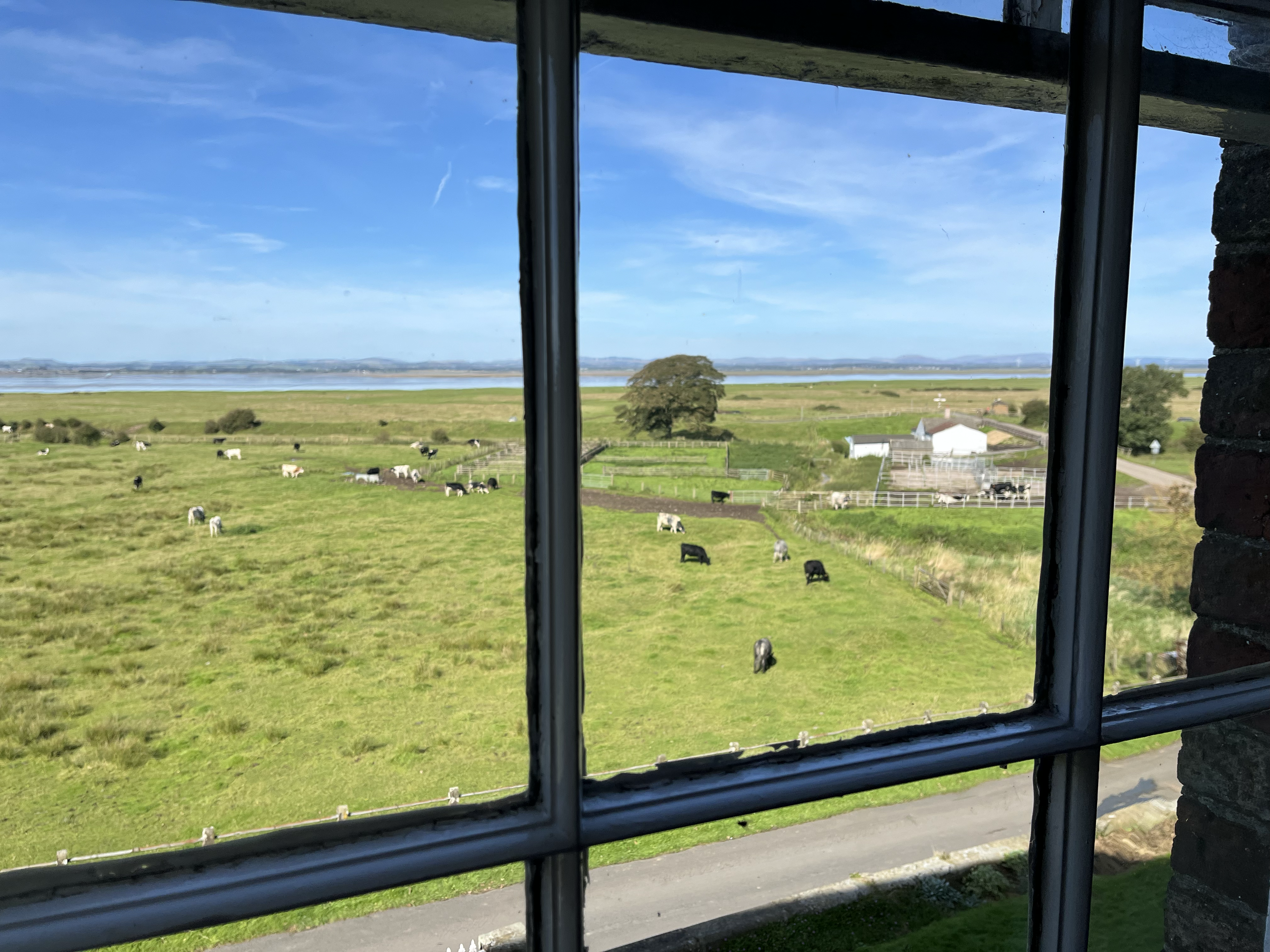
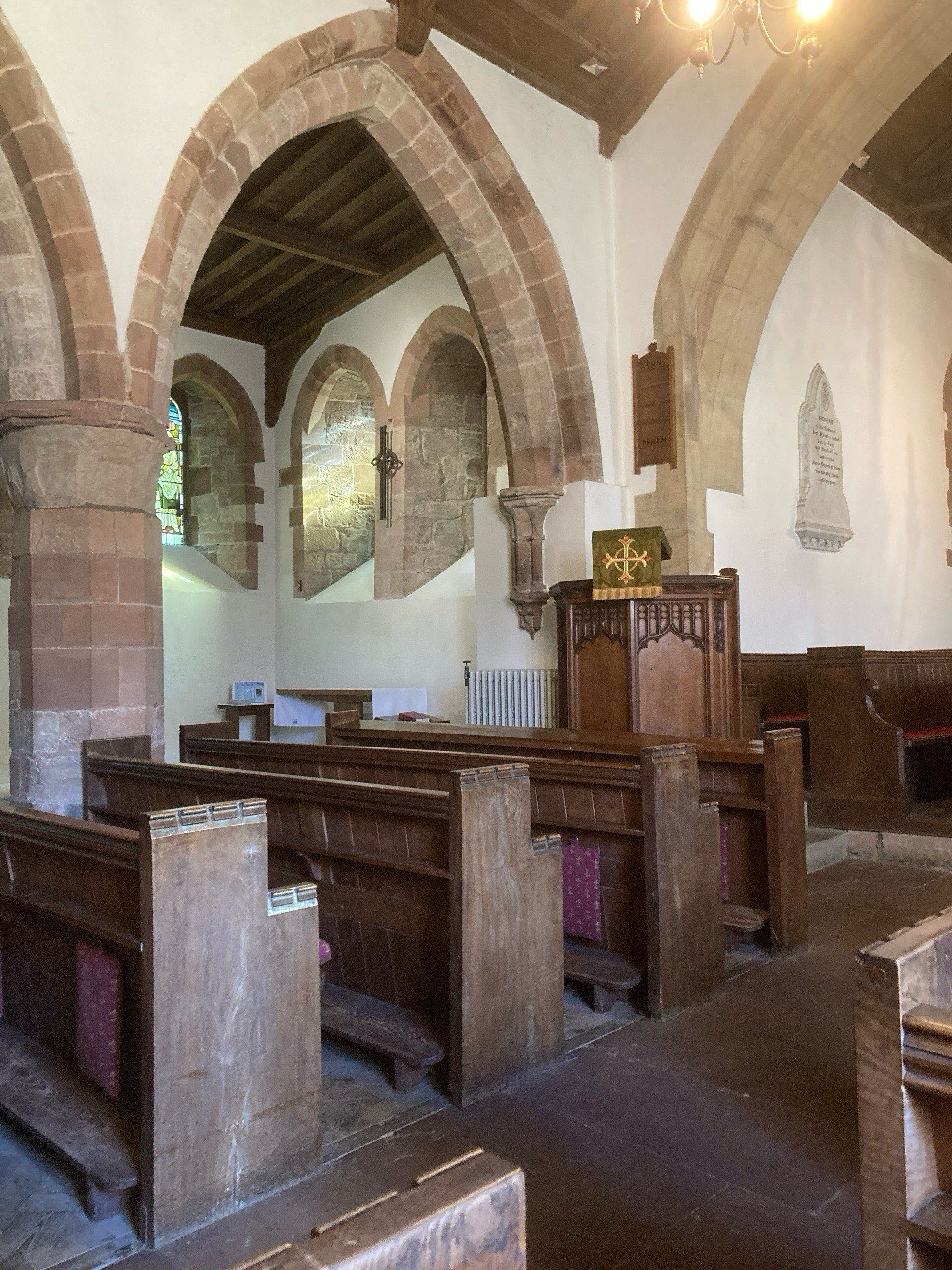
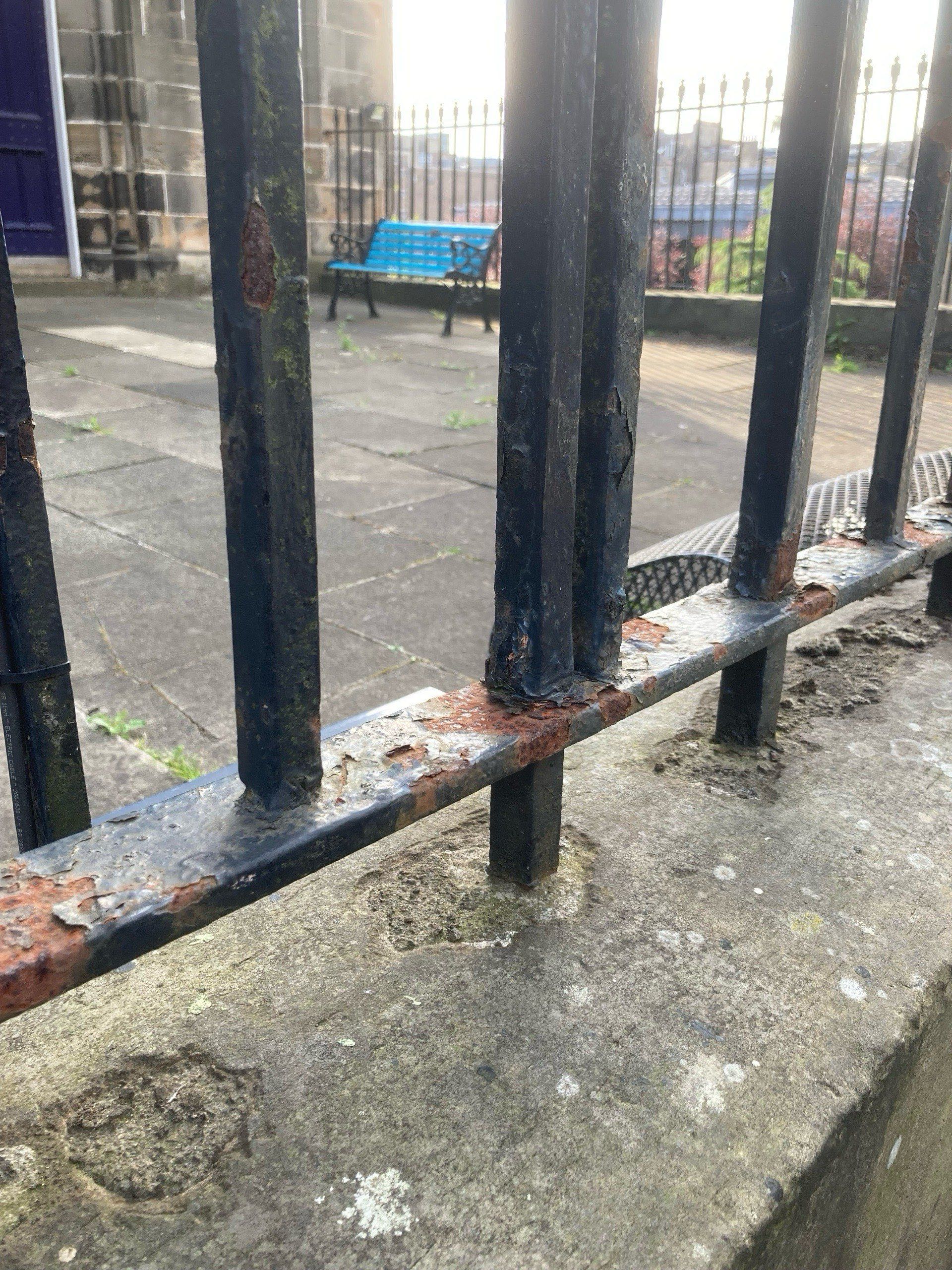
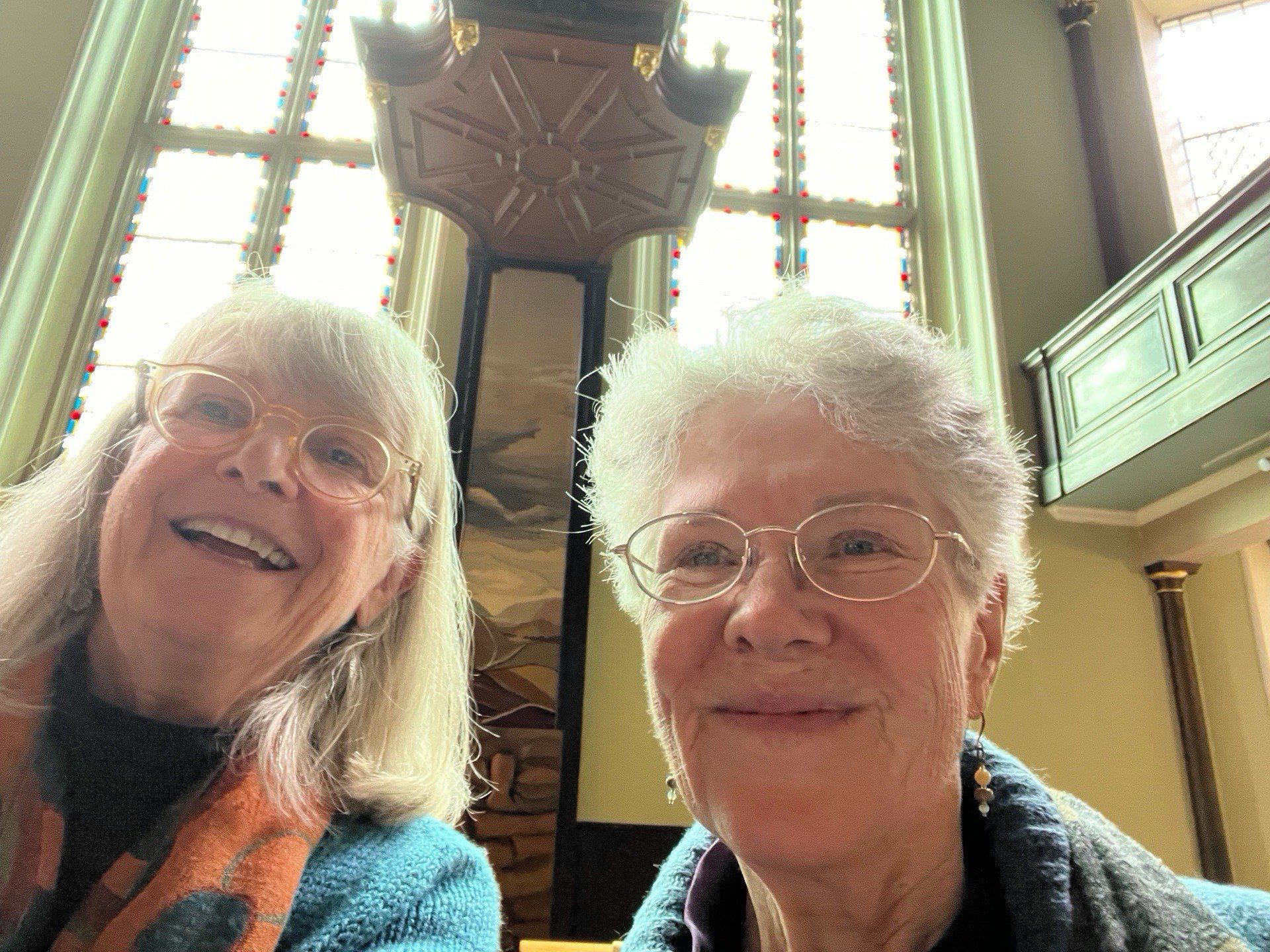 From that fun encounter with interesting people, we set off for Waverley Station where we caught the train south to Carlisle, then a cab to Bowness on Solway where we begin the walk.
From that fun encounter with interesting people, we set off for Waverley Station where we caught the train south to Carlisle, then a cab to Bowness on Solway where we begin the walk.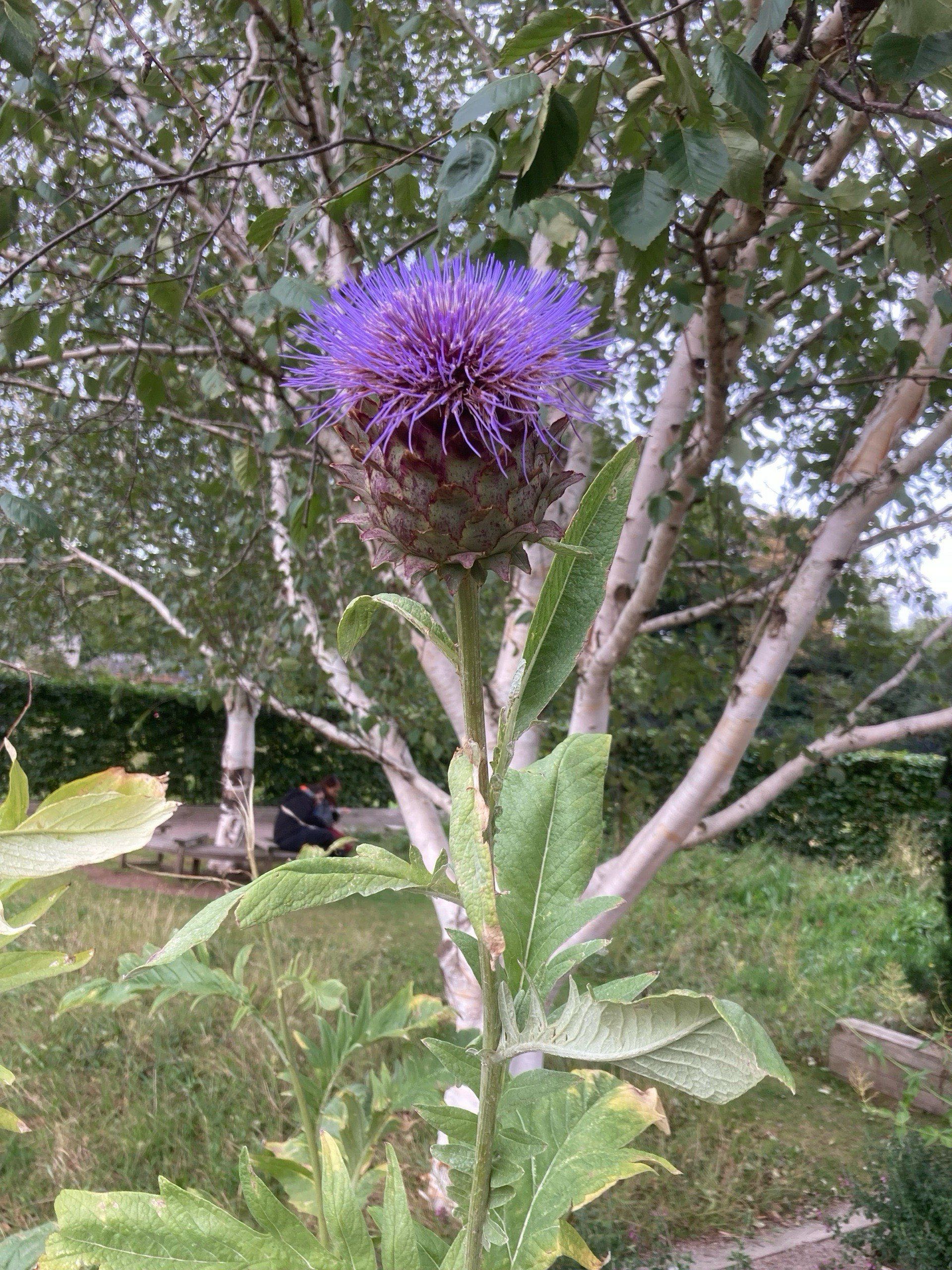
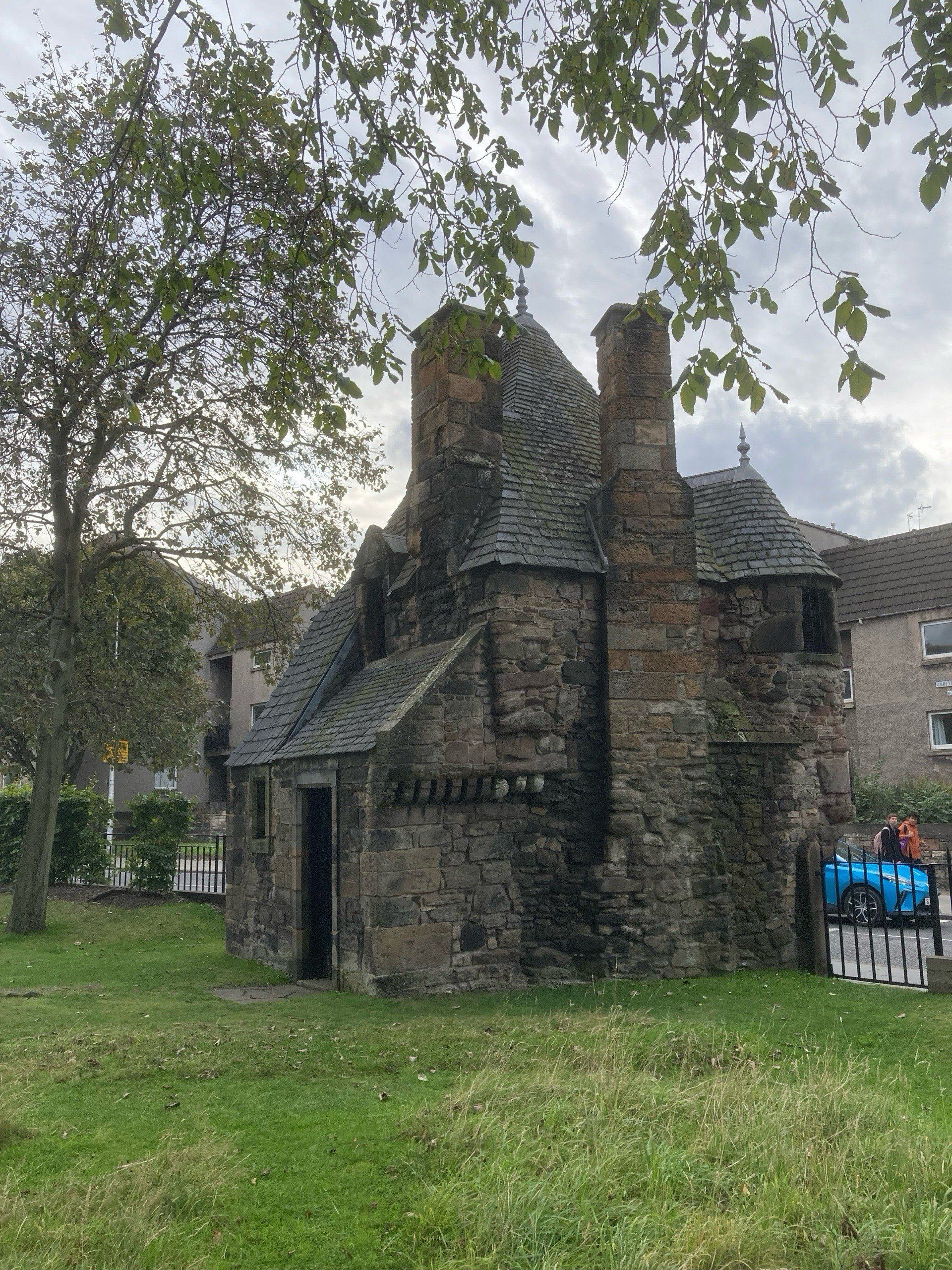 On the Royal Mile between Holyrood House and Edinburgh Castle are many touristy shops, historic sites, and statues. I really liked Edinburgh.
On the Royal Mile between Holyrood House and Edinburgh Castle are many touristy shops, historic sites, and statues. I really liked Edinburgh.